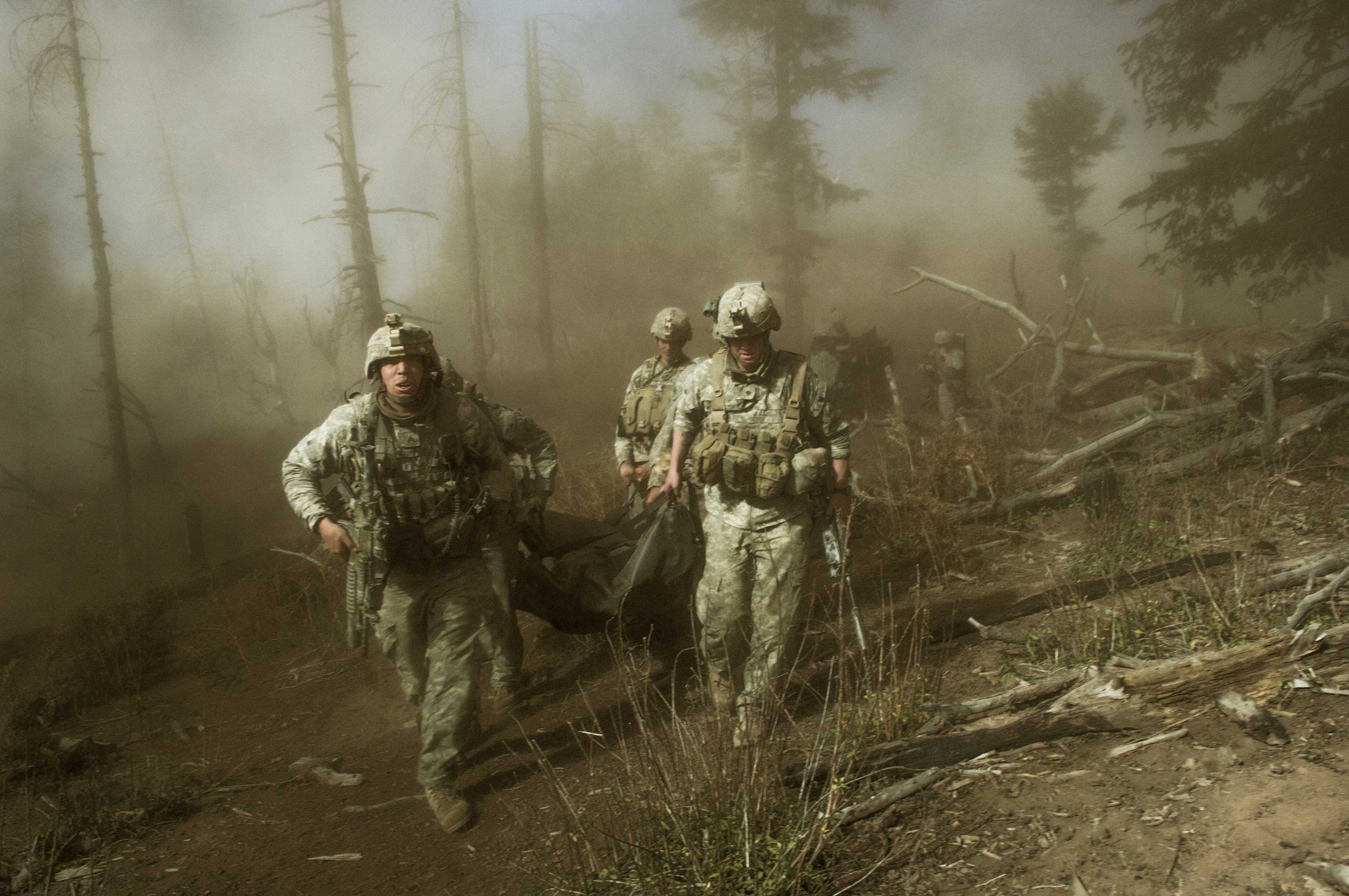
Like all children, I looked for heroes in cinema. I was around ten years old when I watched the box-office hit Crocodile Dundee for the first time. My brother and I spent the ensuing months rattling out its classic line repetitively “That’s not a knife. That’s a knife,” as we imitated Mick Dundee threatening pickpockets in New York. I began to consider crocodile wrangling as a career option.
Watching it again last year I was surprised to discover that the female lead character, Sue, is a features writer who carries a camera. I don’t remember her, nor do I remember expressing a desire to become a journalist or emulating her in our play. Maybe because she didn’t know how to look after herself and she had to be rescued all the time. That made her annoying. She also did silly things like swimming in a crocodile-infested river while reporting on man-eating crocodiles. I berated my mother for taking us to see it. “It was the eighties,” she said, “and lots of your favourite films were sexist.”
There’s little doubt that the way women are depicted in Hollywood is a concentrated reflection of their perceived place in society.
Lynsey Addario’s memoir It’s What I Do will soon be made into a film starring Jennifer Lawrence. I am curious to see the Hollywood interpretation of her story and I hope it will inspire more young women to become photojournalists.
Writing women and femininity into the war photographer narrative will, in part, help people to imagine women as accomplished photojournalists or war photographers. If women are not visible in the stories we tell about photojournalists, if war photographers do not look like women, it is harder for us to envisage ourselves in that role, and for others to do the same.
What we revere in photojournalism is found in the archetypes of photographers themselves; not only in their images but also in their characters, lifestyles and career trajectories. What the industry chooses to celebrate provides a framework for younger generations to emulate and perpetuate these imitations.
Since the beginning, photojournalism has been male dominated, binding the archetype of the war photographer inextricably to masculinity. I learnt this at university when I read, among others, Don McCullin’s Unreasonable Behaviour, a biography of Robert Capa by Alex Kershaw called Blood and Champagne and The Bang-Bang Club by Greg Marinovich and Joao Silva. I also learned this when I watched the documentary film War Photographer about James Nachtwey.
“Being a spectator of calamities taking place in another country is a quintessential modern experience, the cumulative offering of more than a century and a half’s worth of those professional, specialized tourists known as journalists,” writes Susan Sontag in Regarding the Pain of Others. “Specialised tourists known as journalists” is a cutting but accurate description of what we do in an industry where photographs mostly document the majority world’s tragedies, wars and natural disasters, and are created mostly by white men from the richest countries.
Behind the Picture: The First Woman to Fly with a U.S. Combat Crew Over Enemy Soil
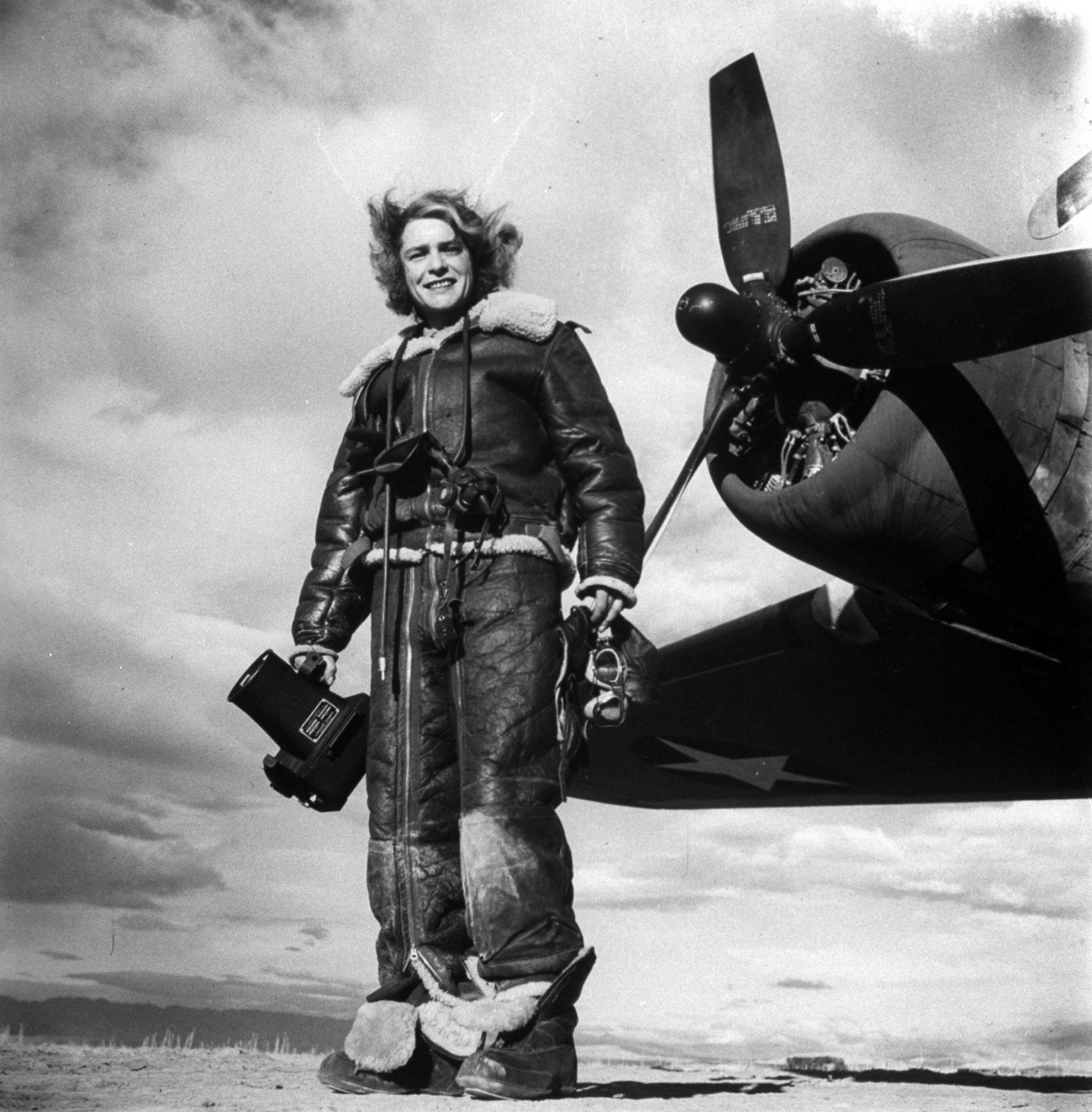
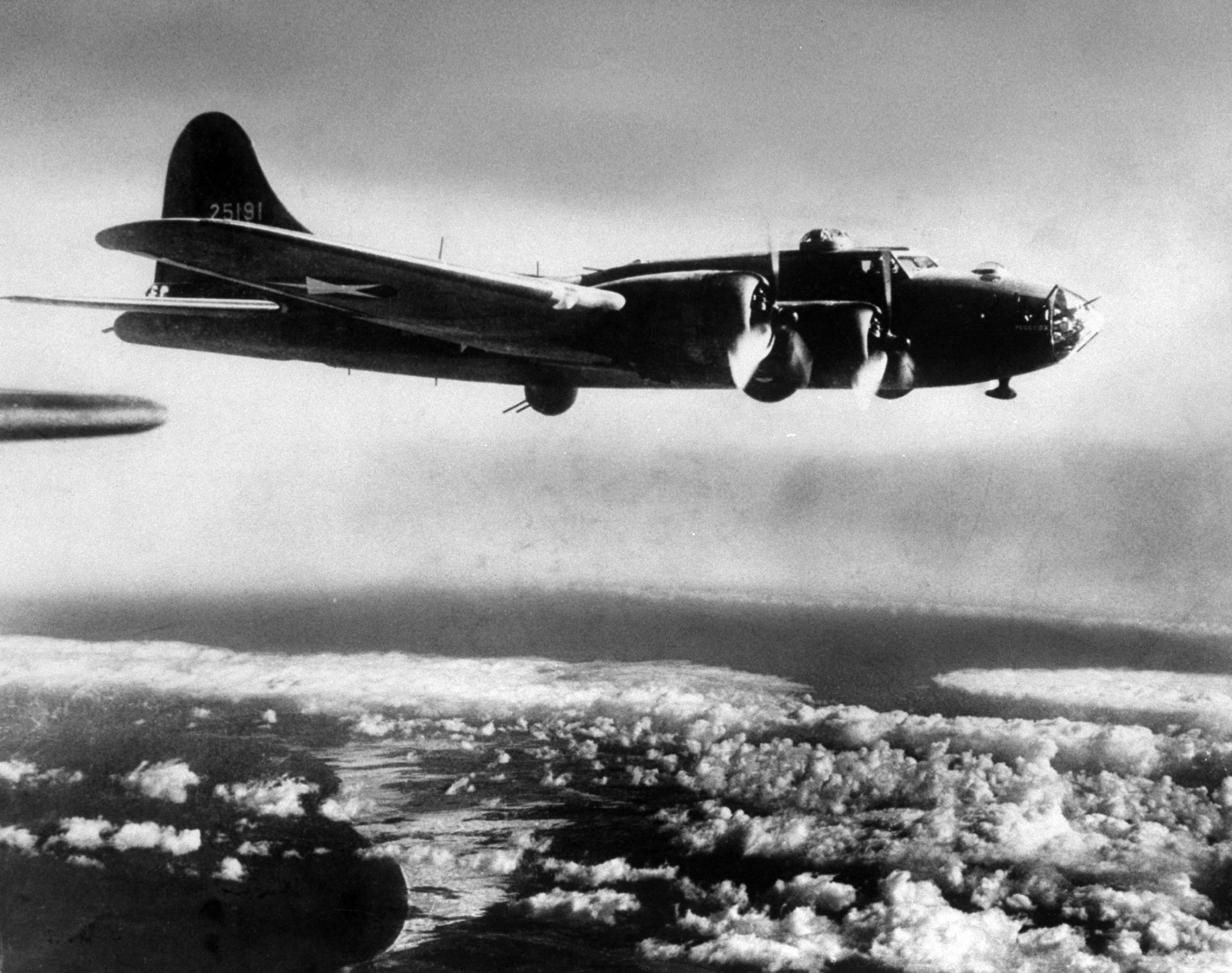
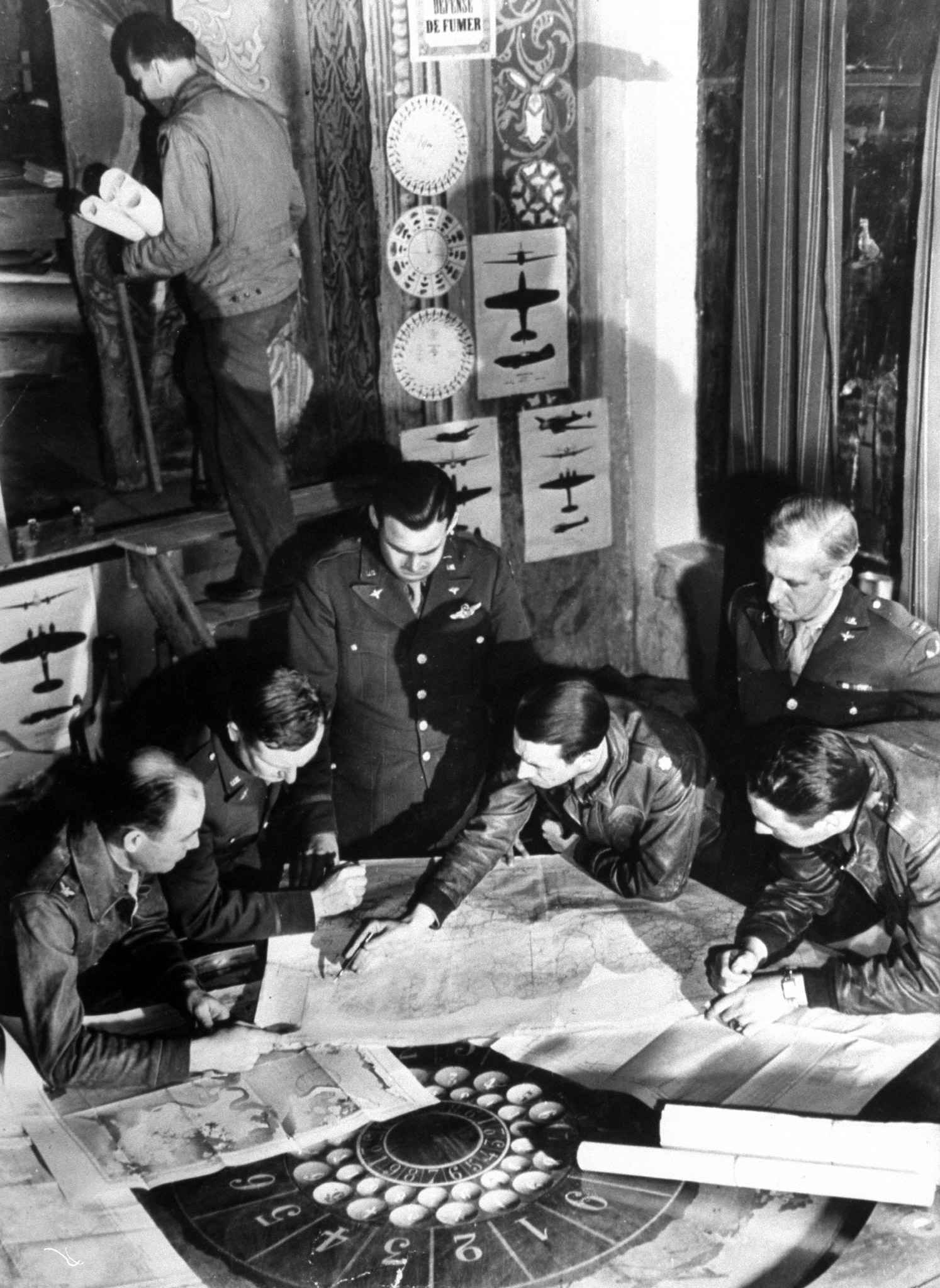

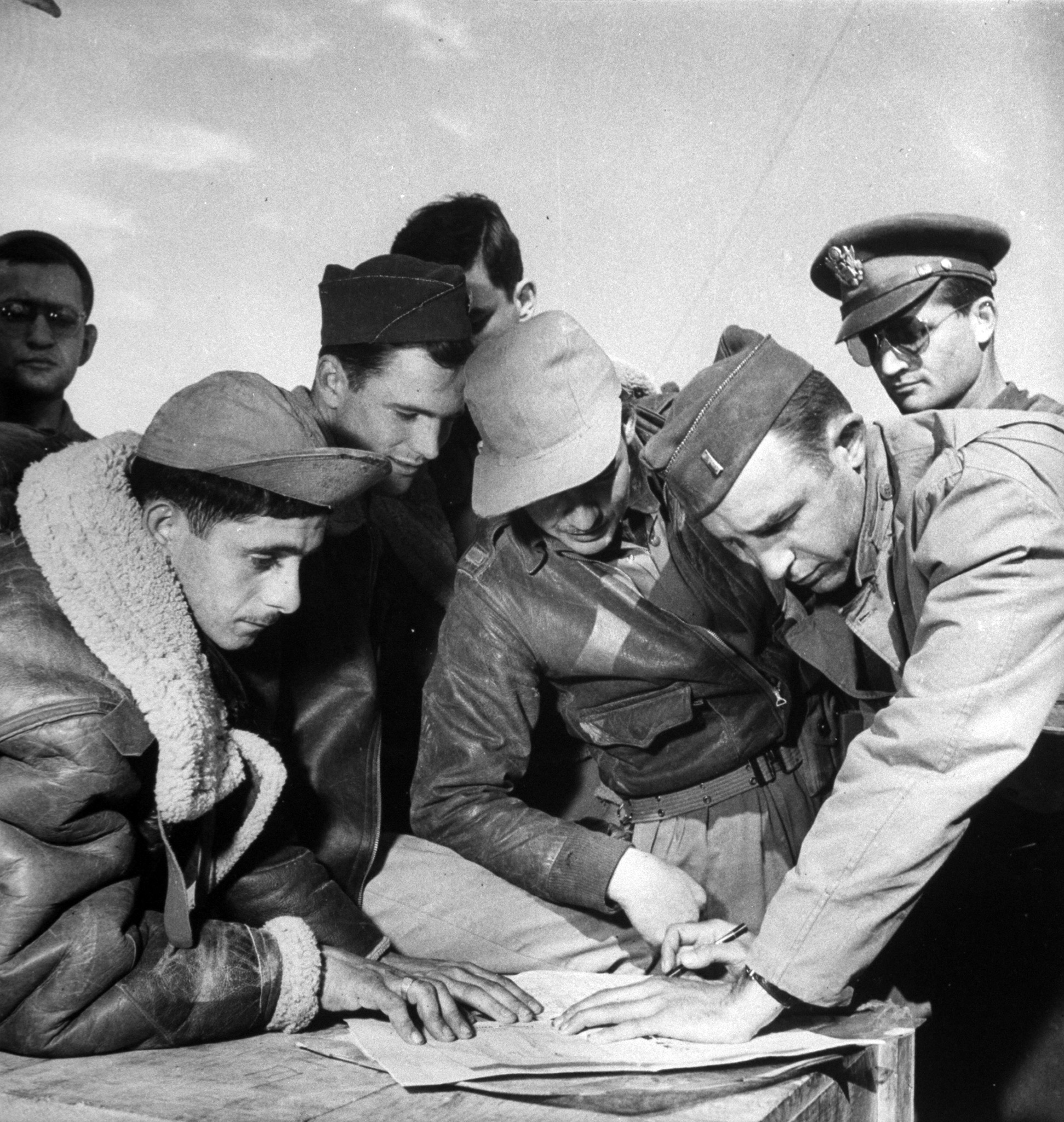
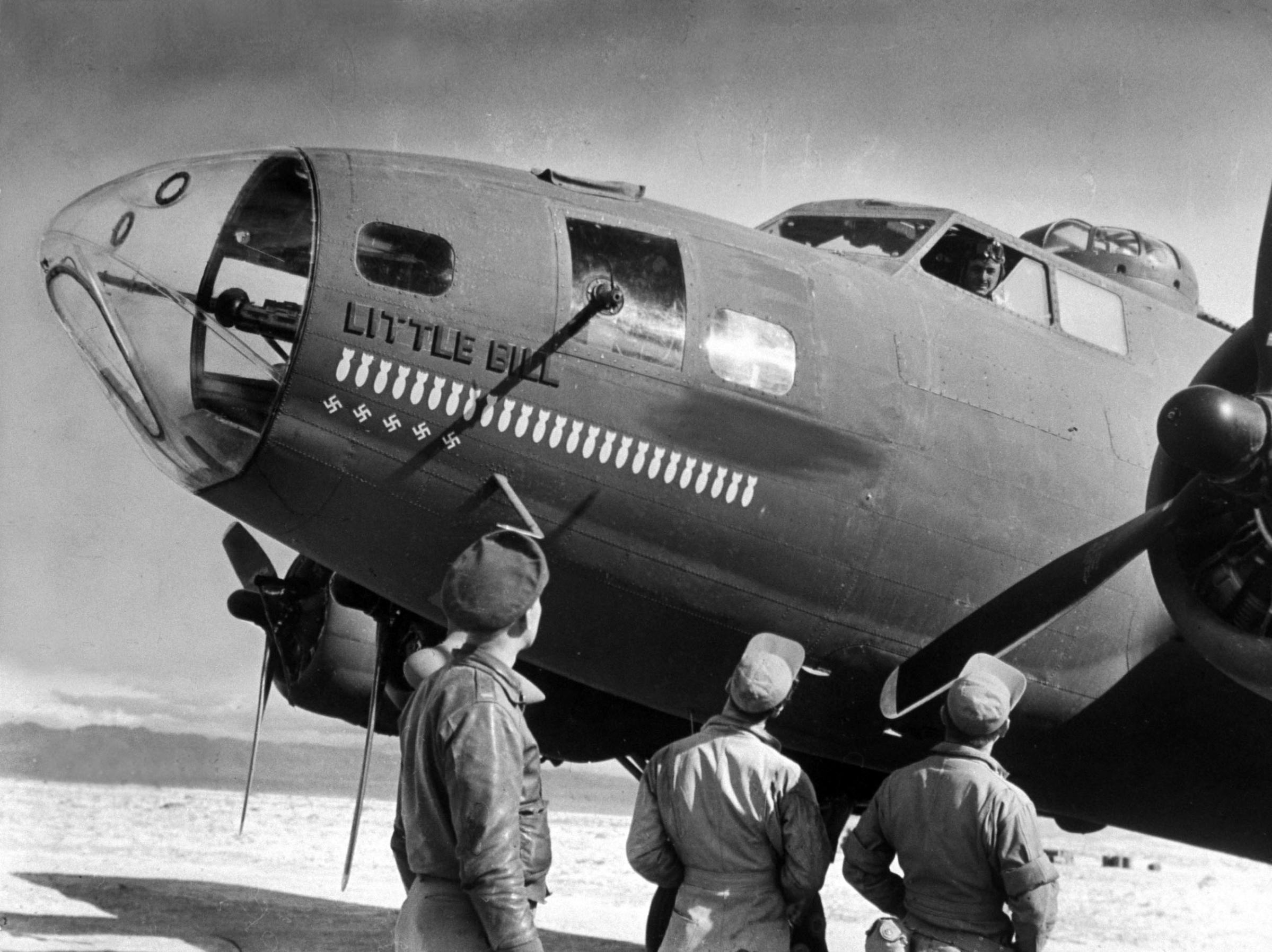
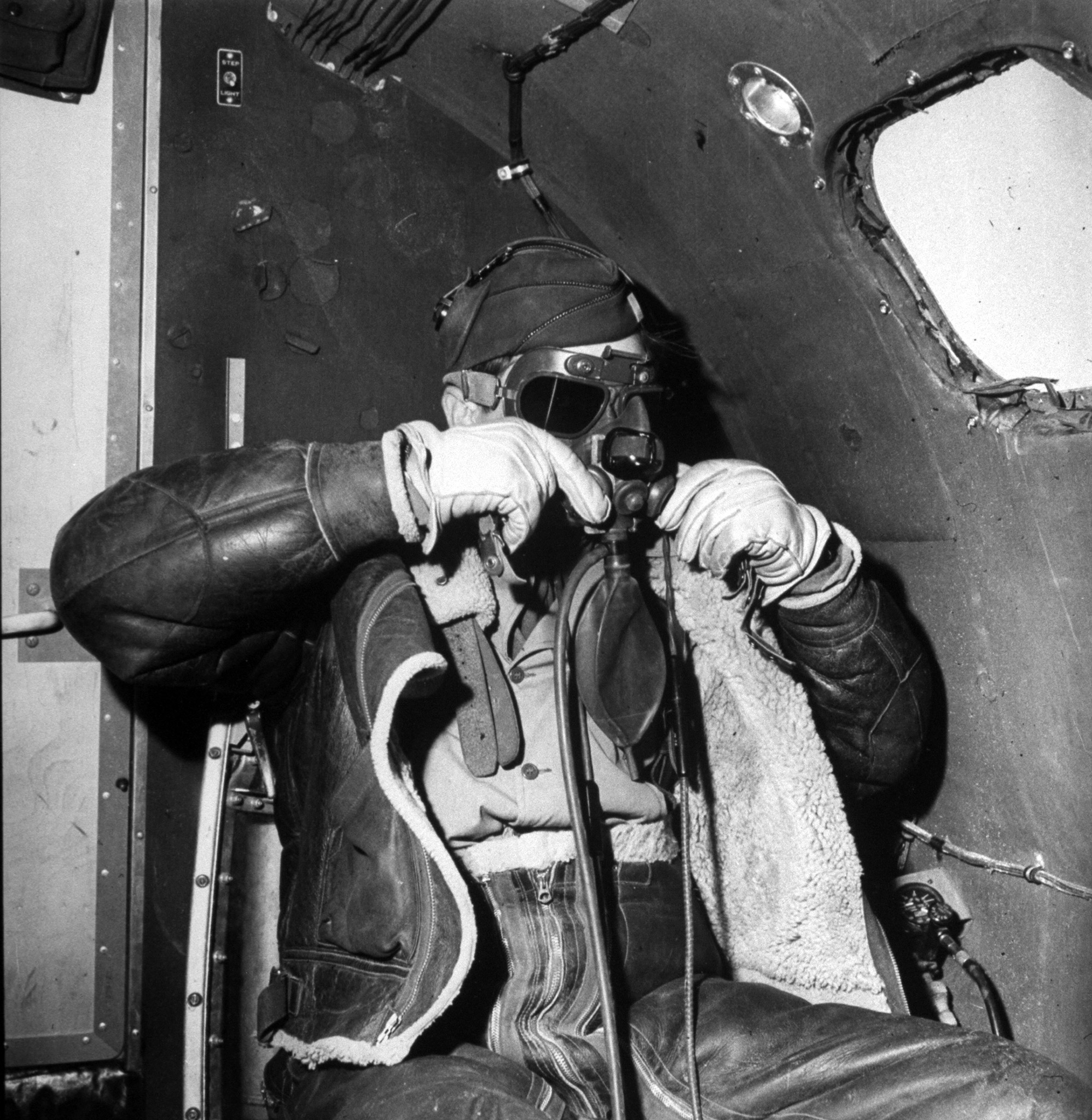
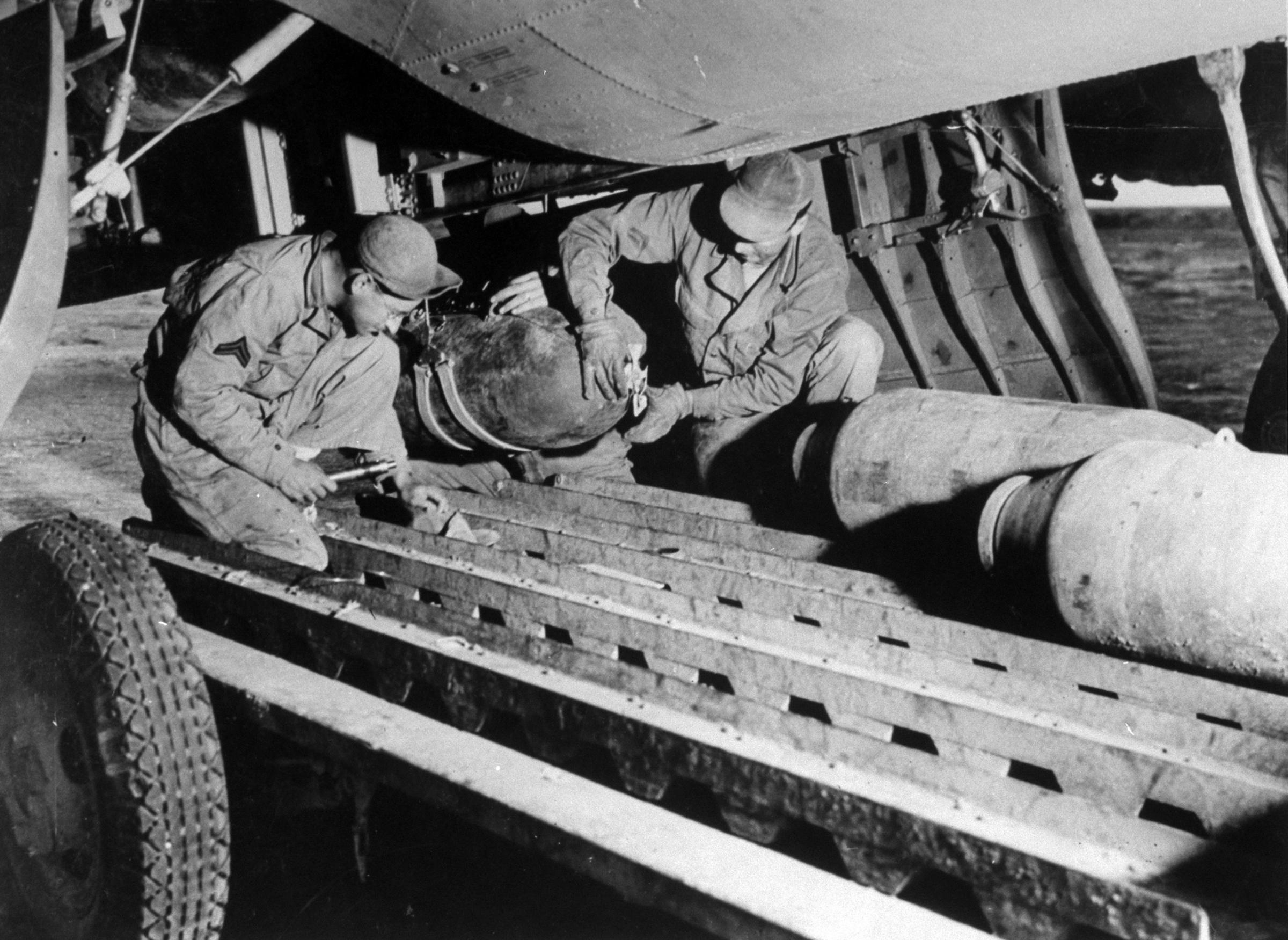
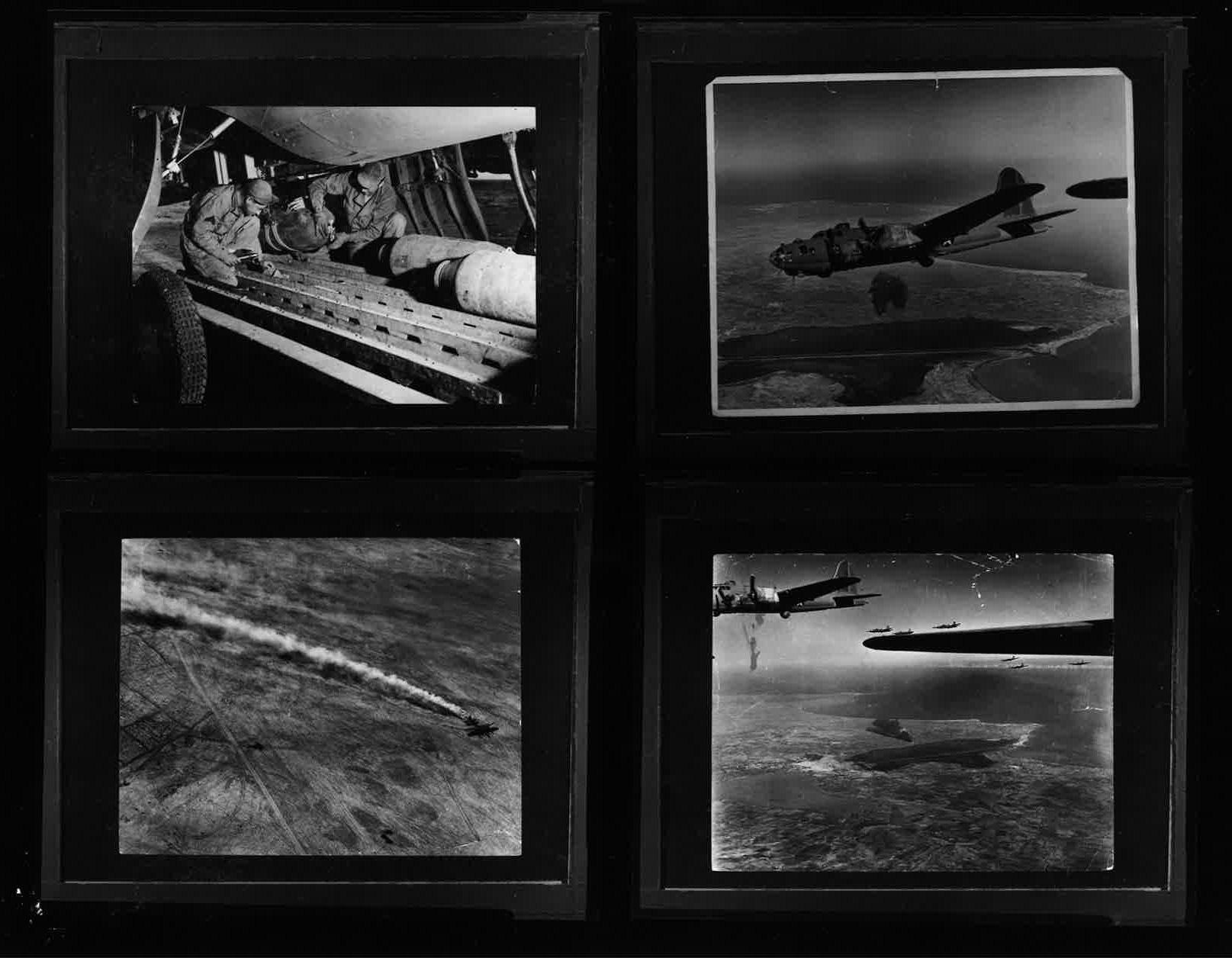
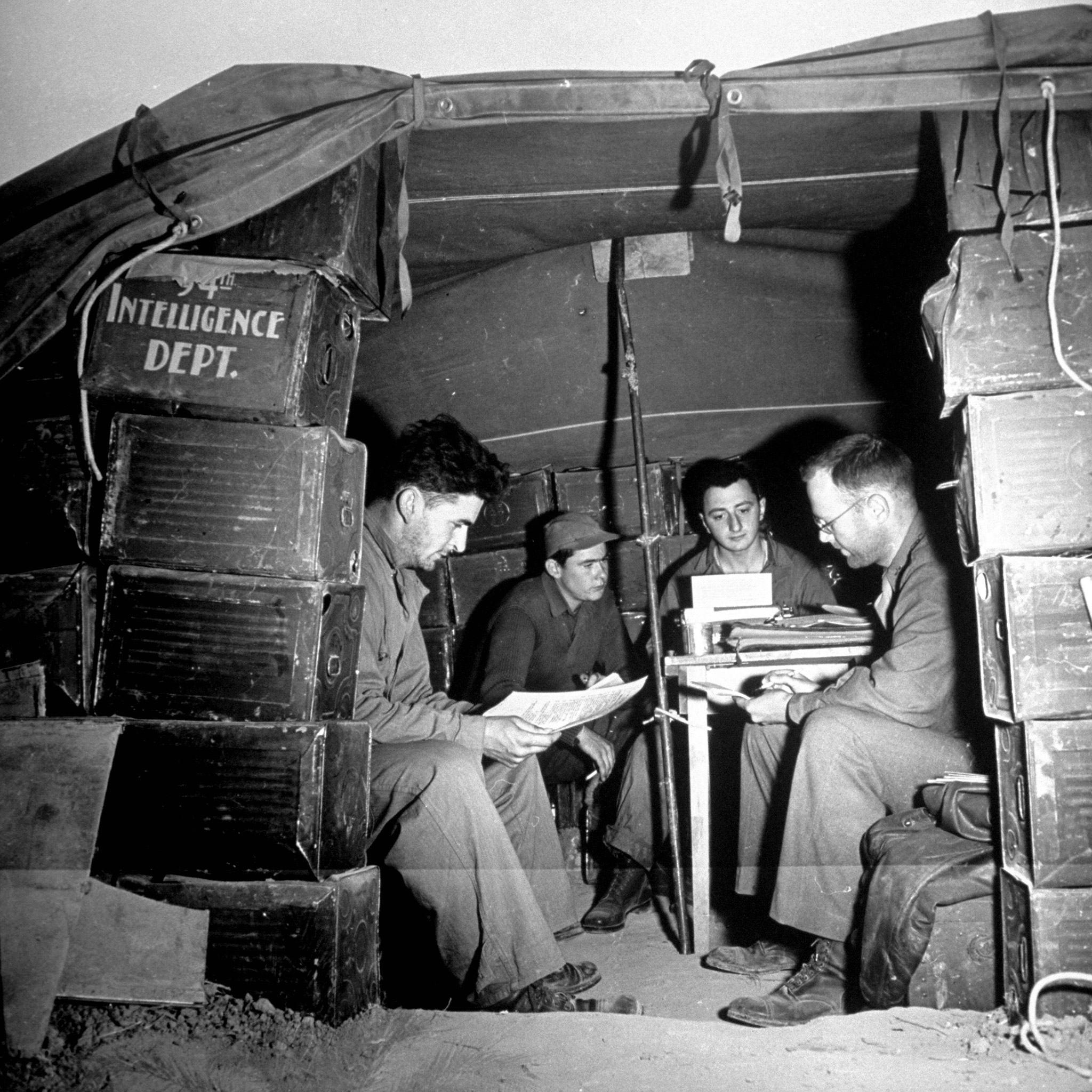
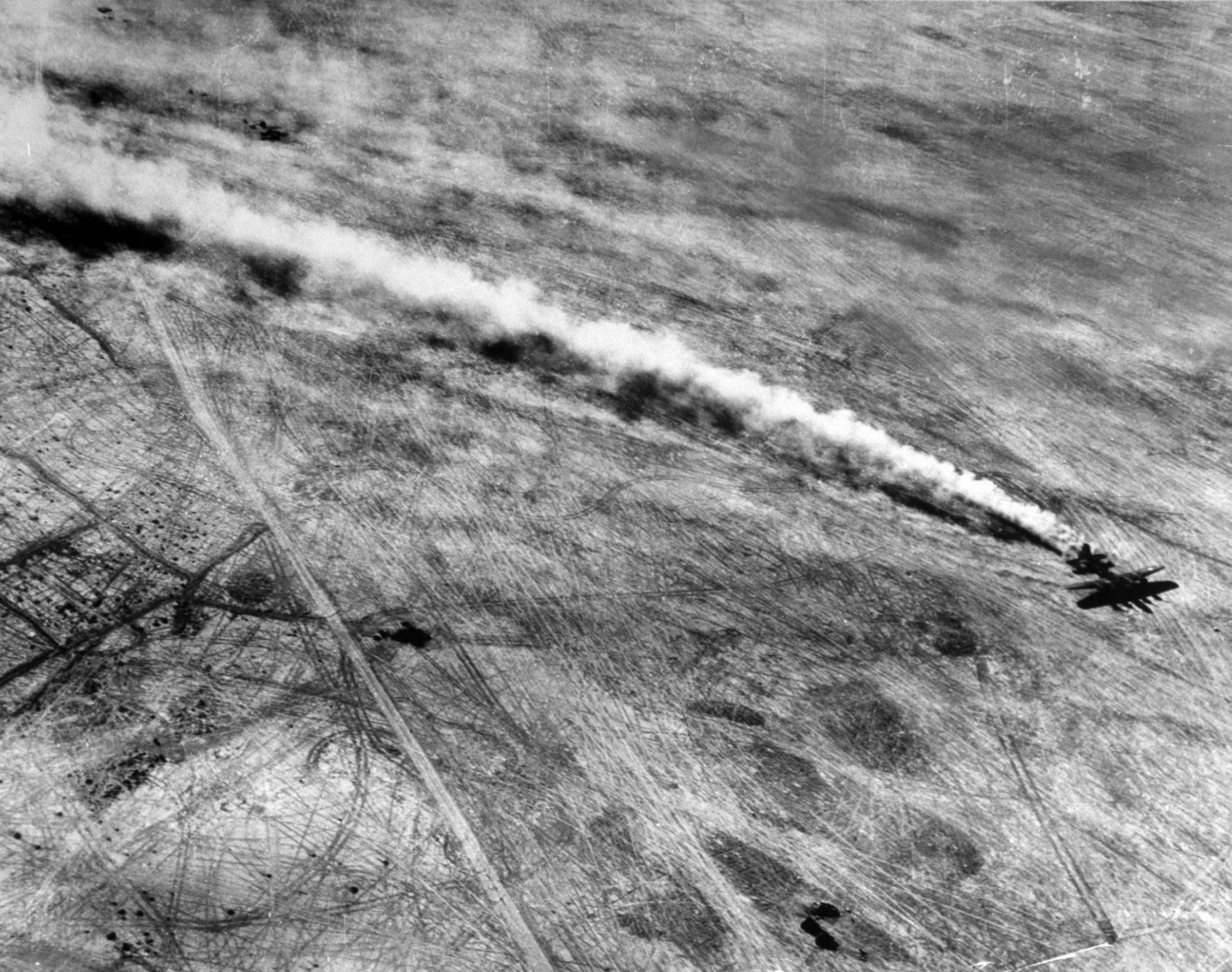
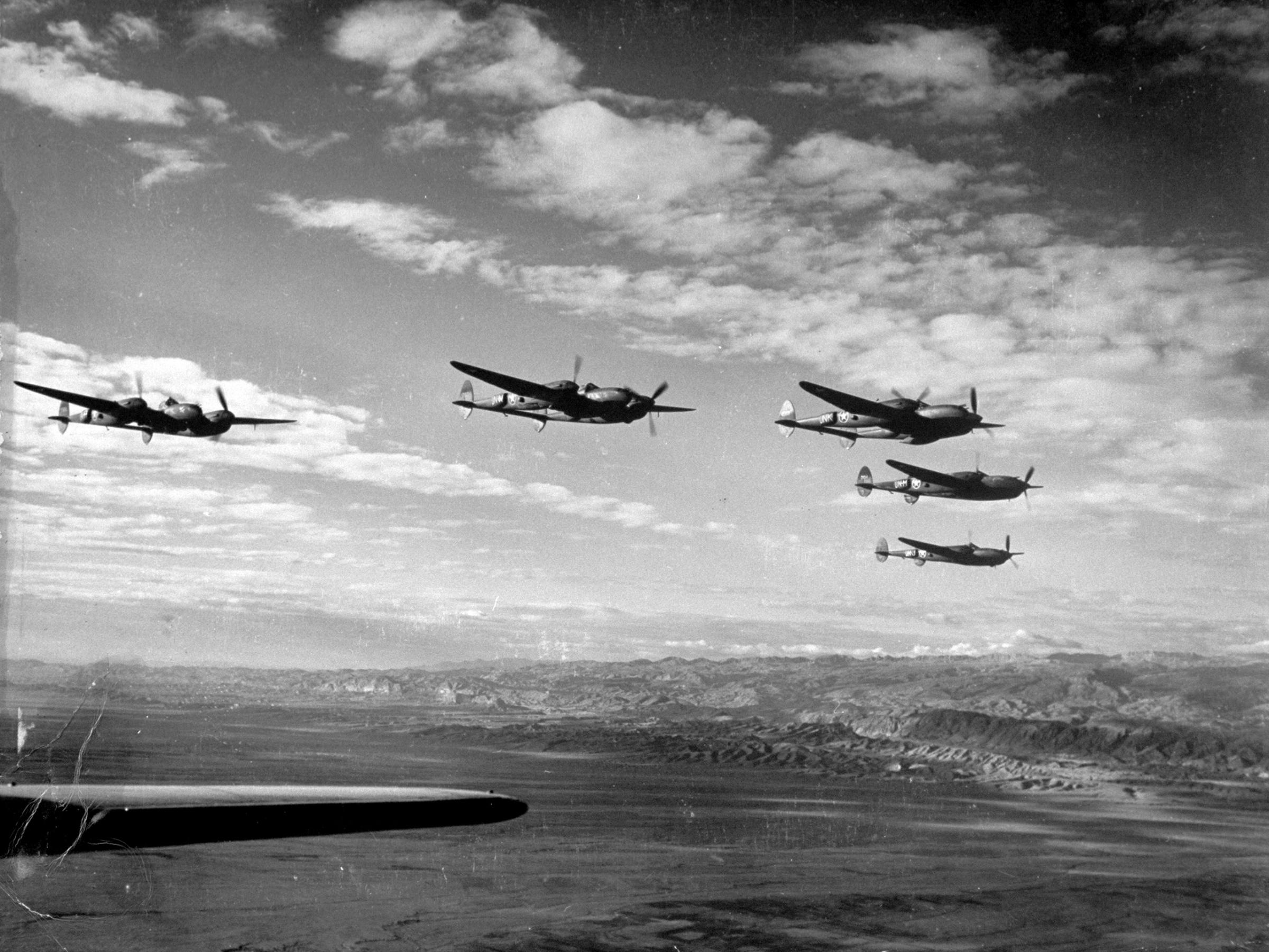
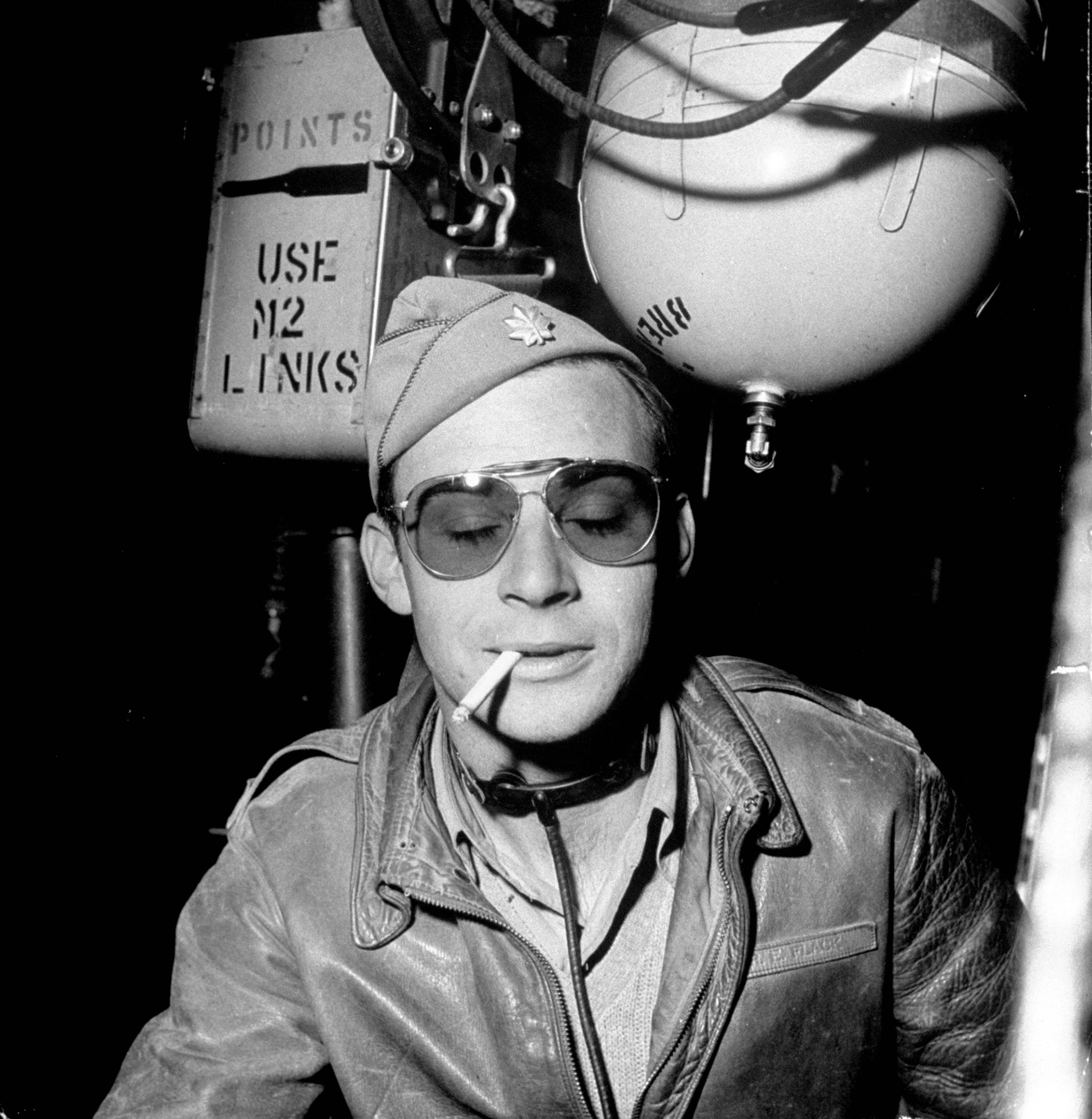
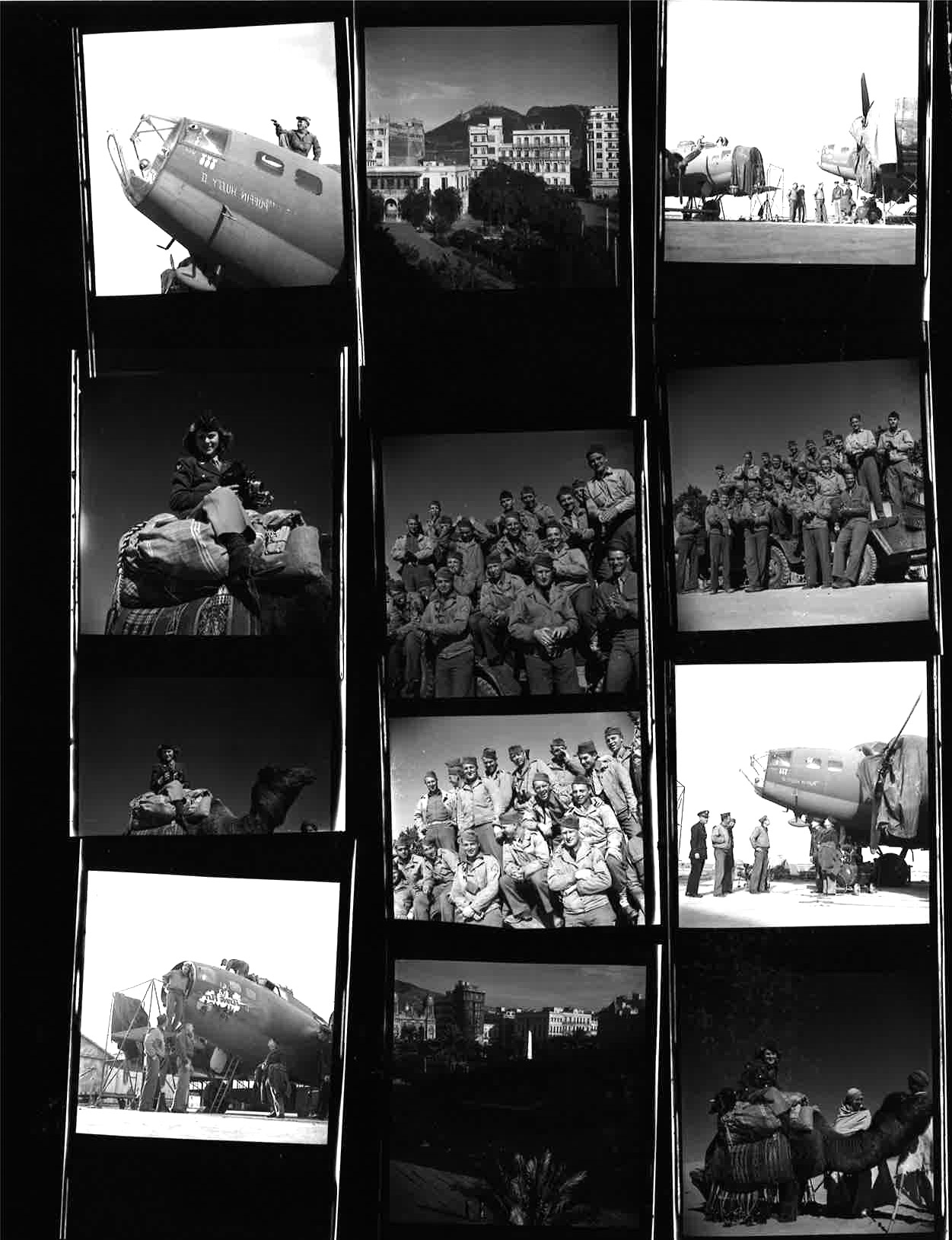
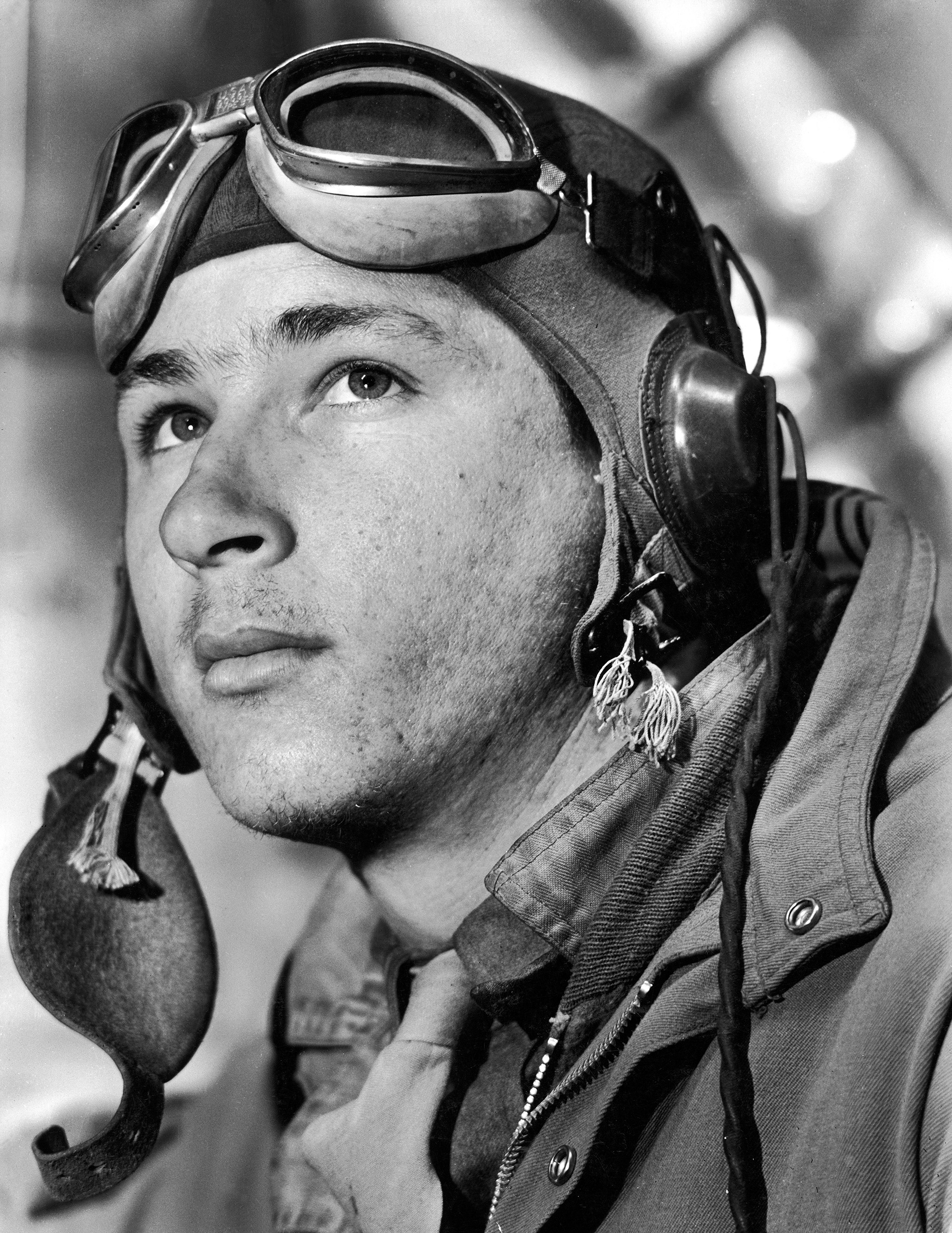
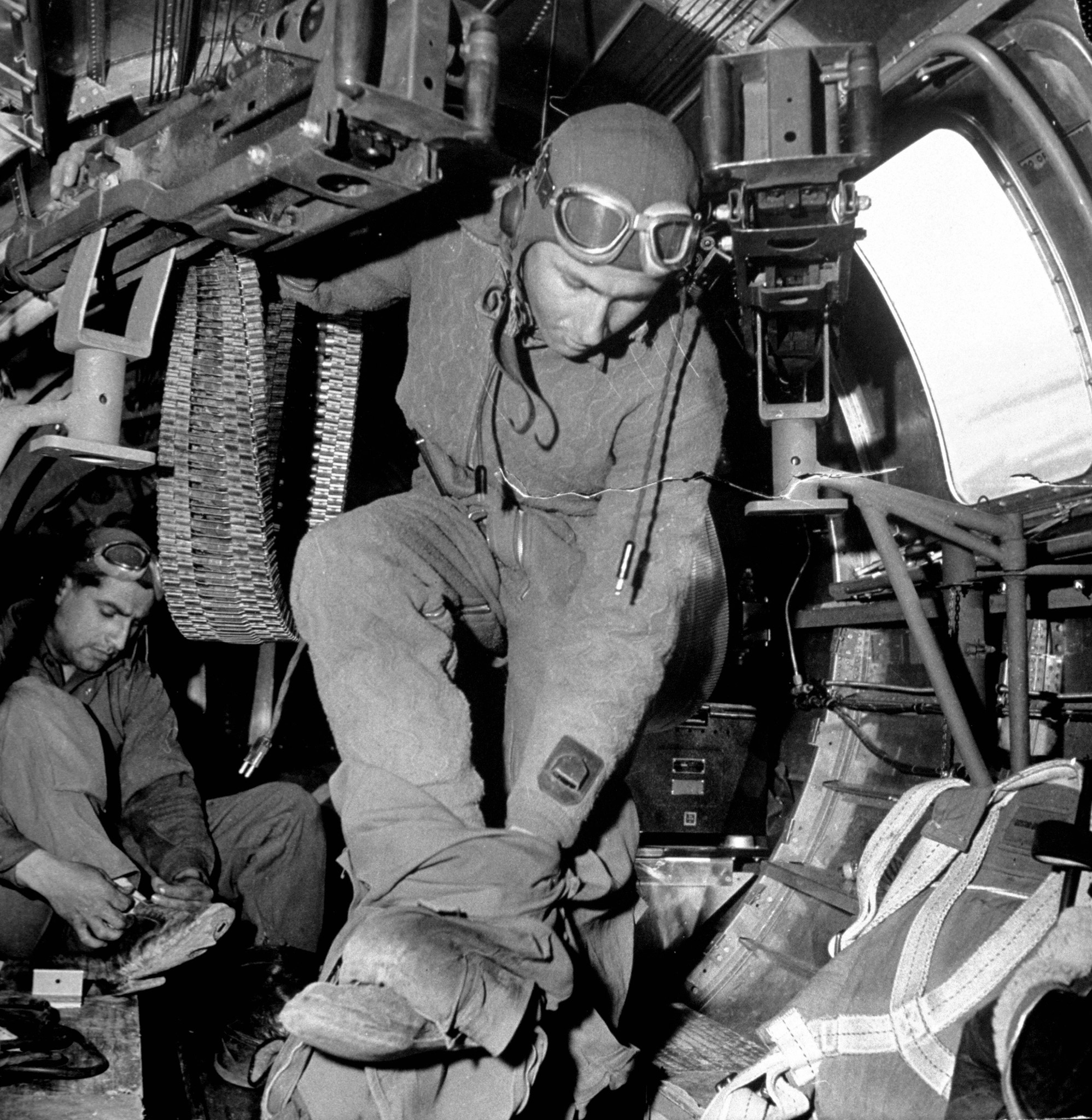
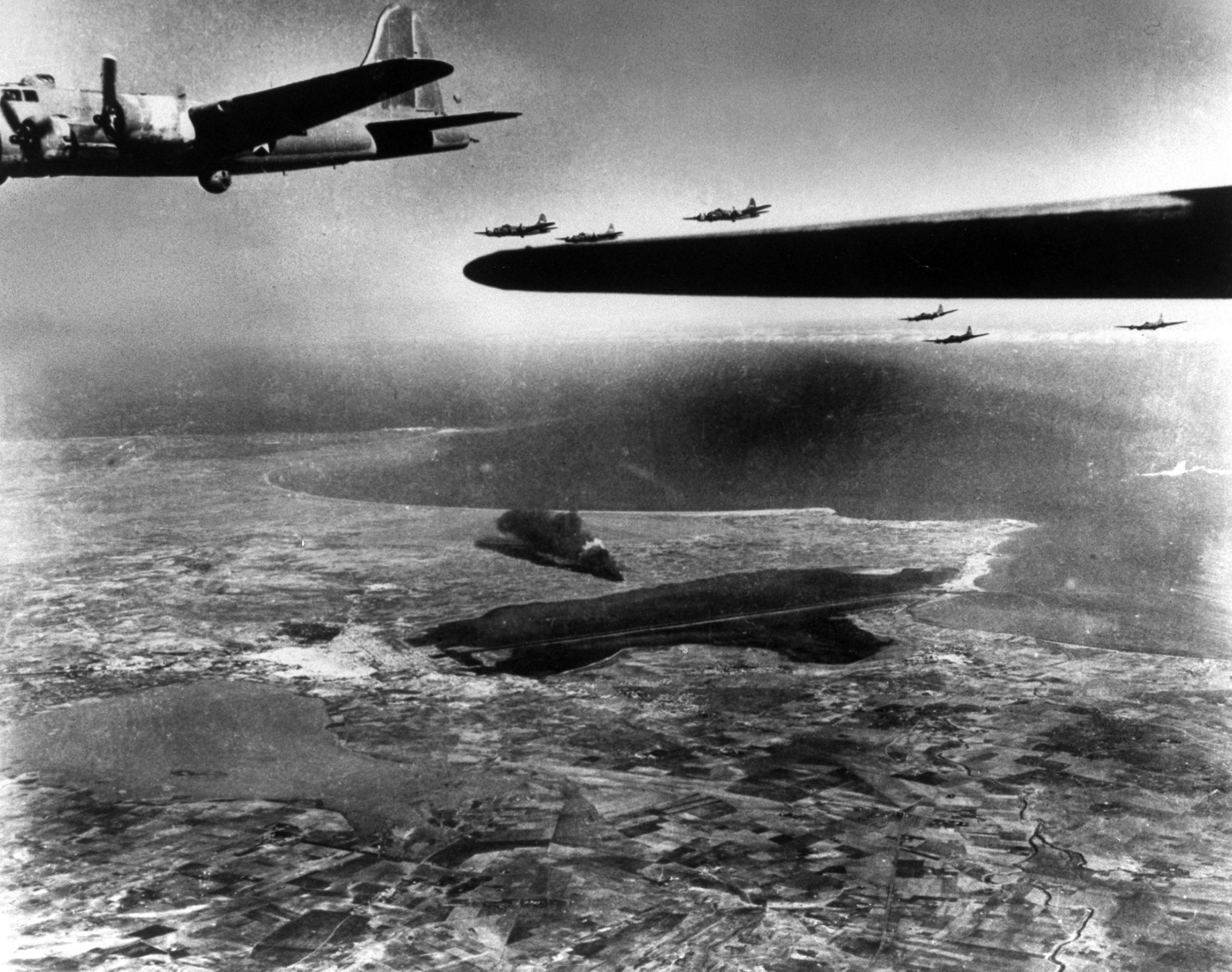
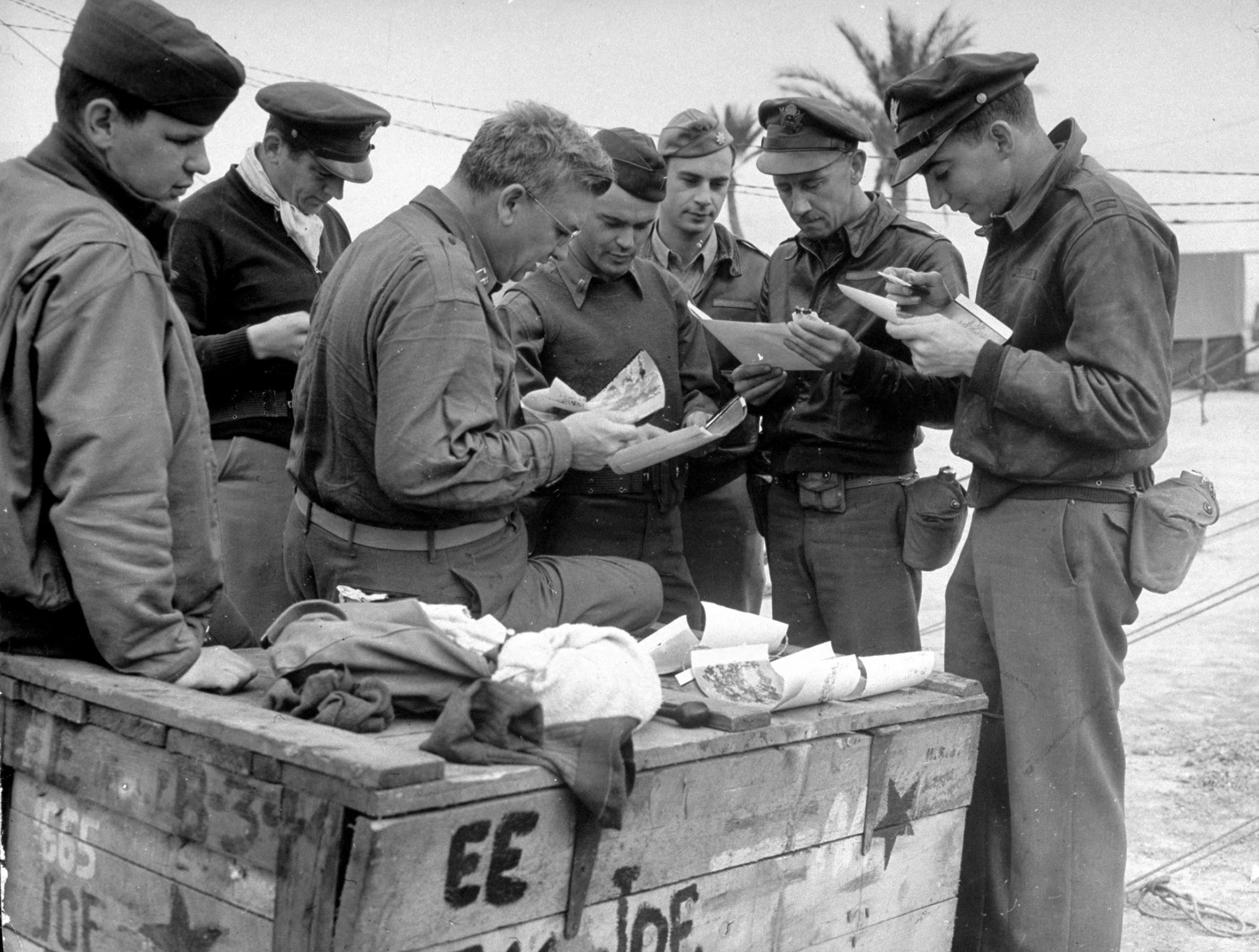
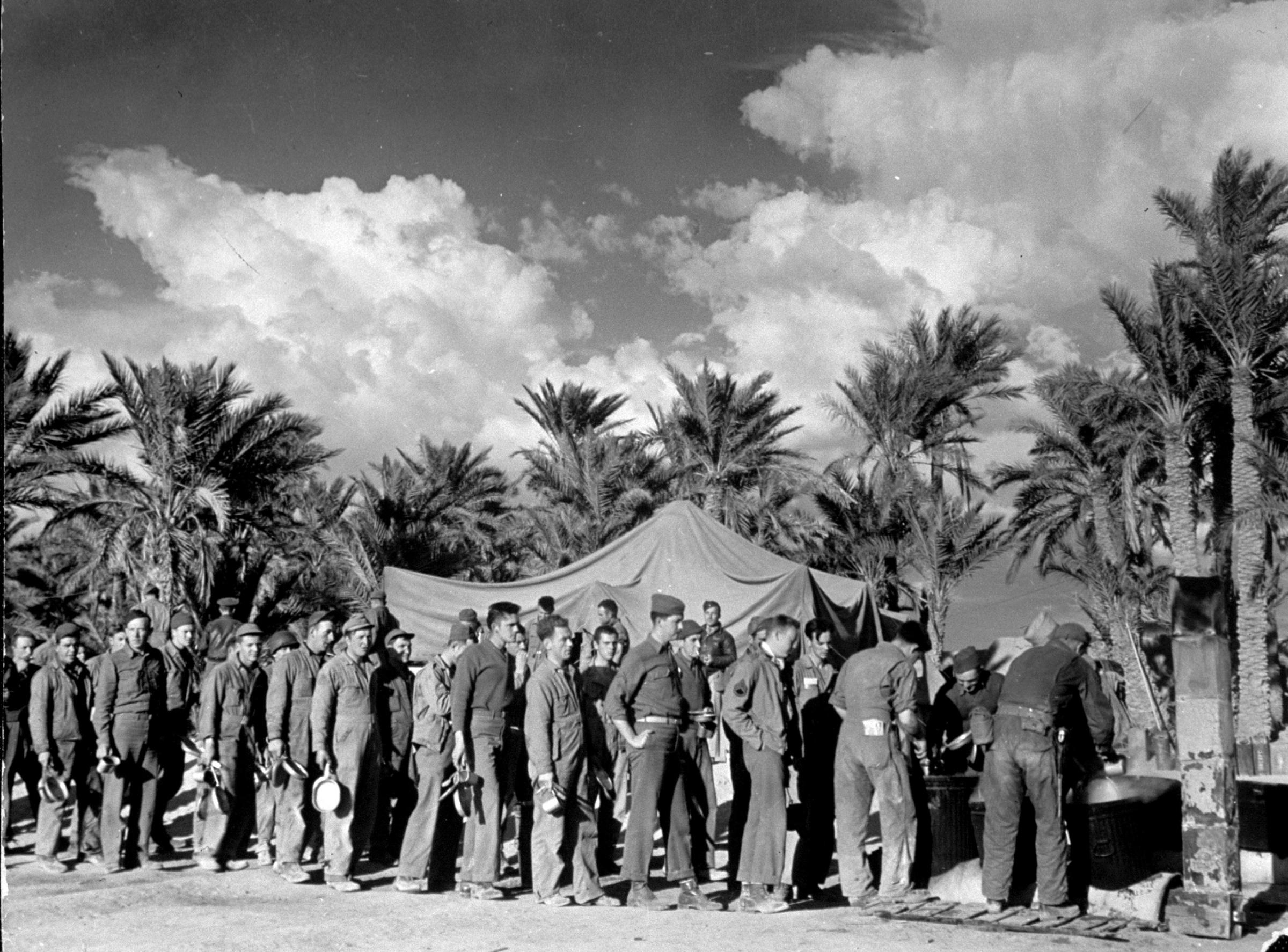
Women have photographed war for almost as long as men have. From Gerda Taro, who documented the Spanish Civil War, to Olive Edis, the first female photographer to be commissioned as an official war artist by the Imperial War Museum in Britain. There’s also Florence Farmborough, Christina Broom, Elsie Knocker, Mairi Chisholm, Margaret Hall and Nino Jorjadze, who photographed World War I. Many of these women were professional documentarians, commissioned as official military photographers or working for editorial clients. Others acted as journalistic witnesses whose works were widely overlooked, says Hilary Roberts, the research curator of photography at the Imperial War Museum London, who categorizes war photographers into three broadly defined categories; official, commercial and private.
Later, Lee Miller, Faye Schulman, Constance Stuart Larrabee and Margaret Bourke-White covered World War II. And Catherine Leroy, Dickey Chapelle and Felipa Schuyler went to Vietnam. Susan Meiselas, Alexandra Boulat and Carolyn Cole, alongside many exceptional women, have created significant contributions to the visual record of contemporary conflict.
The Journalist Who Paved the Way for Tina Fey’s Whiskey Tango Foxtrot
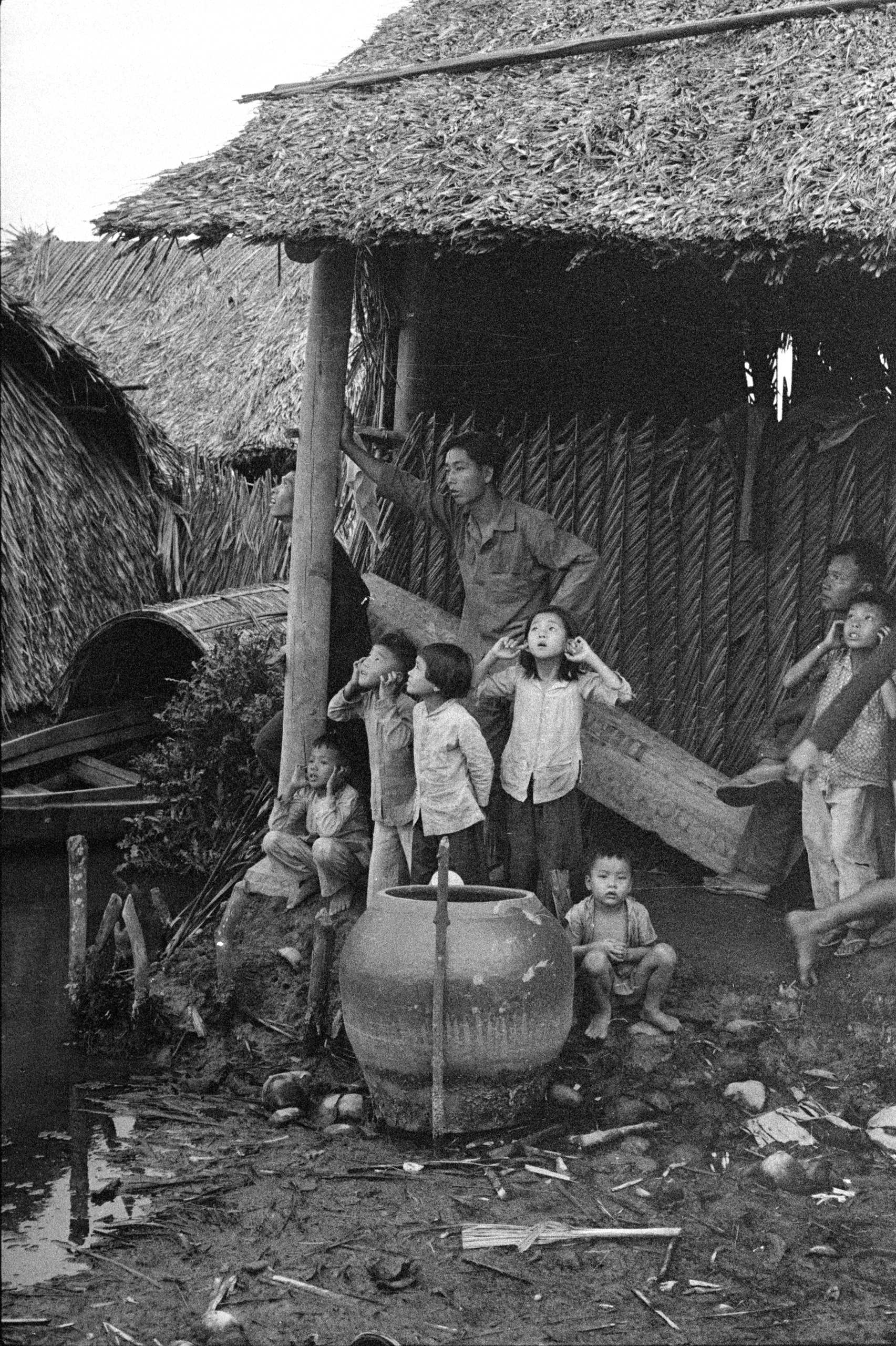
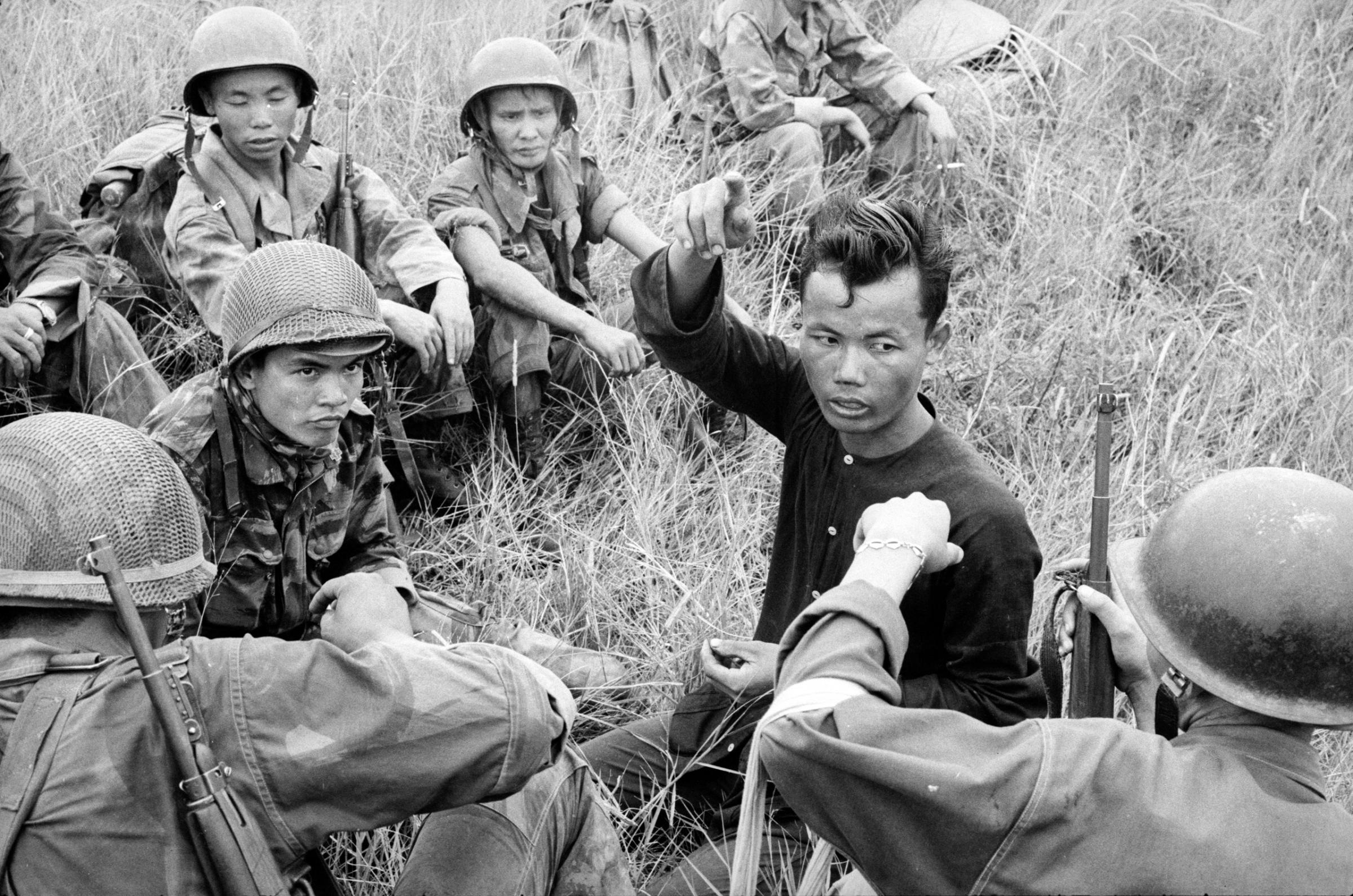
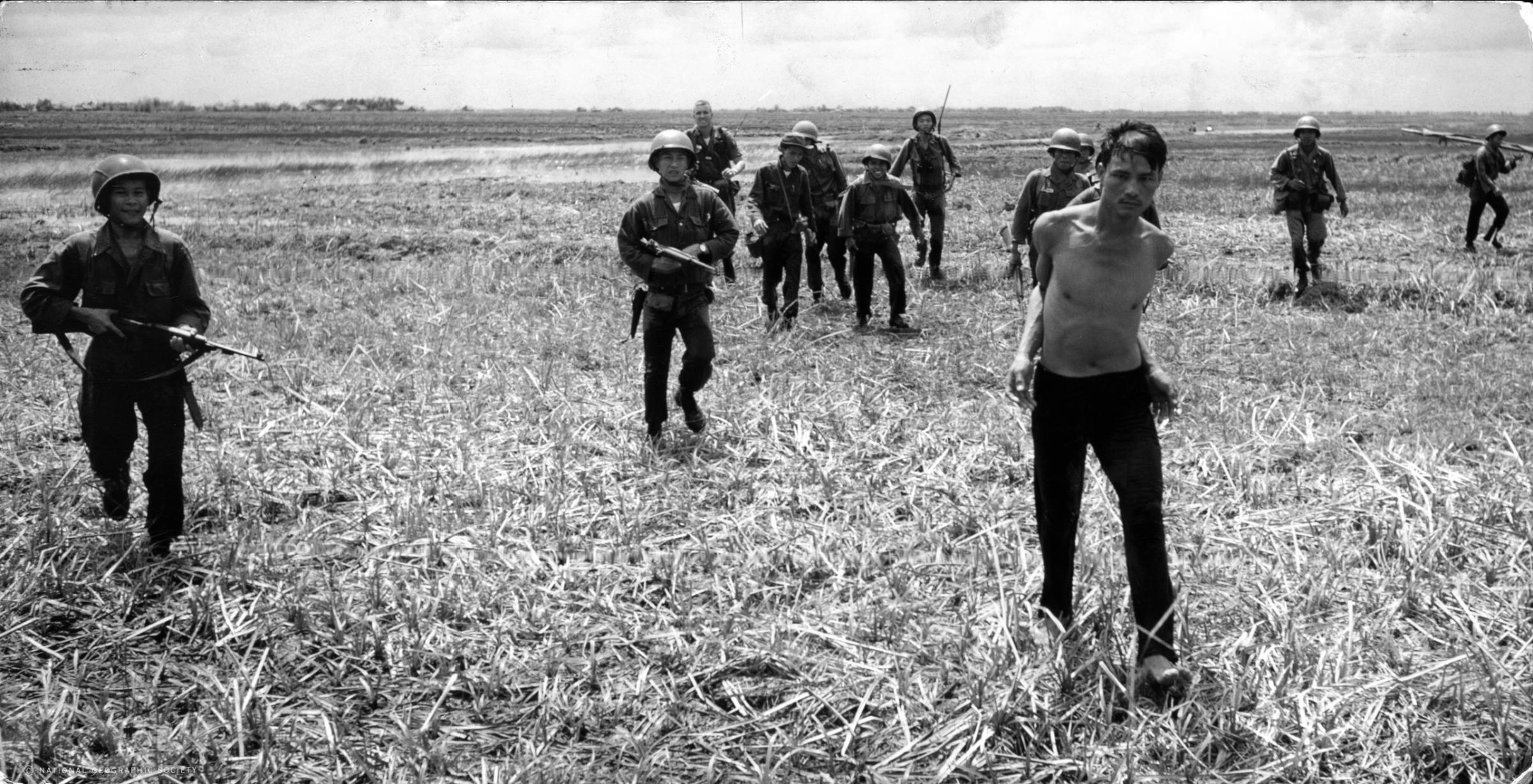
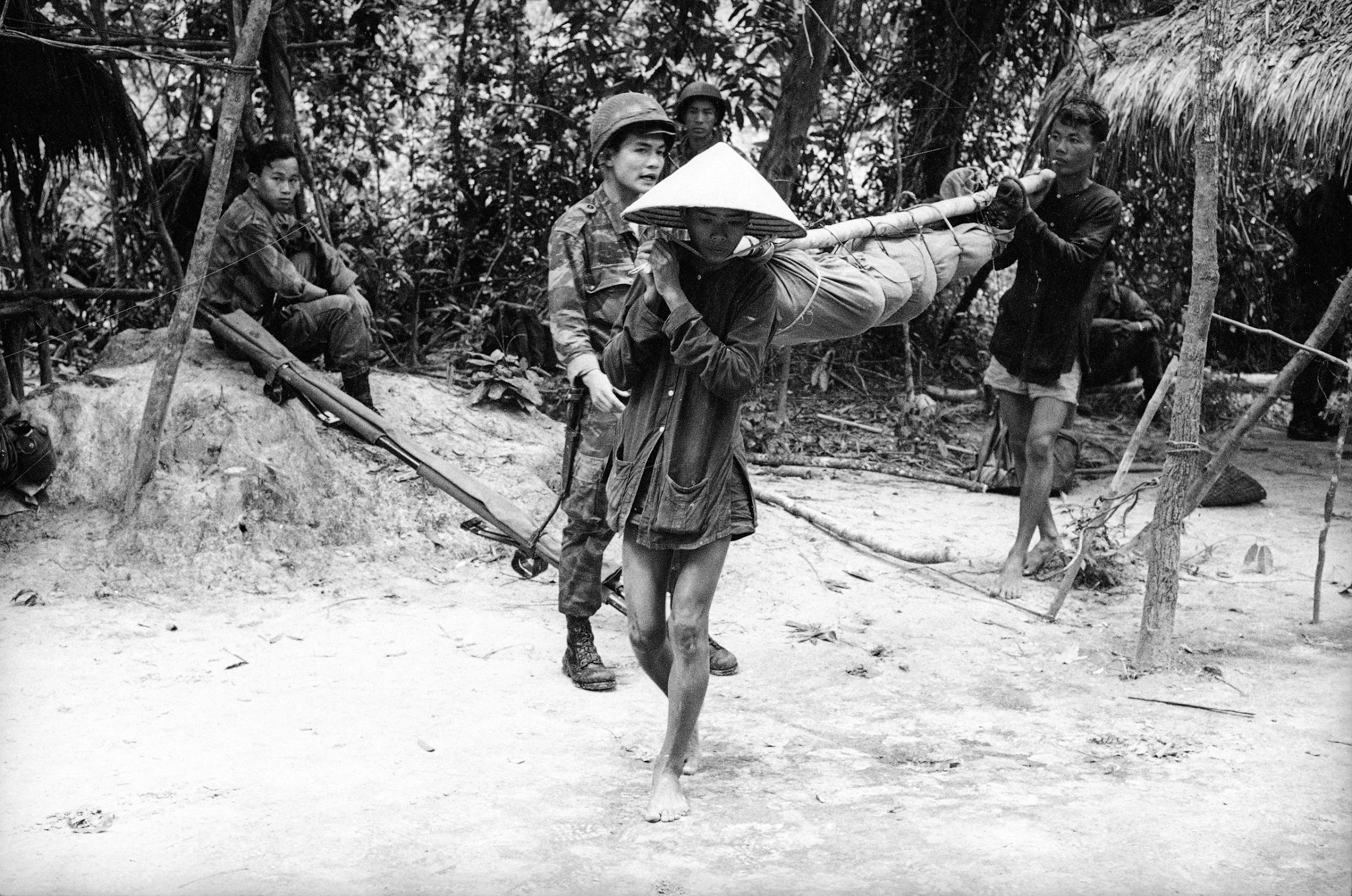
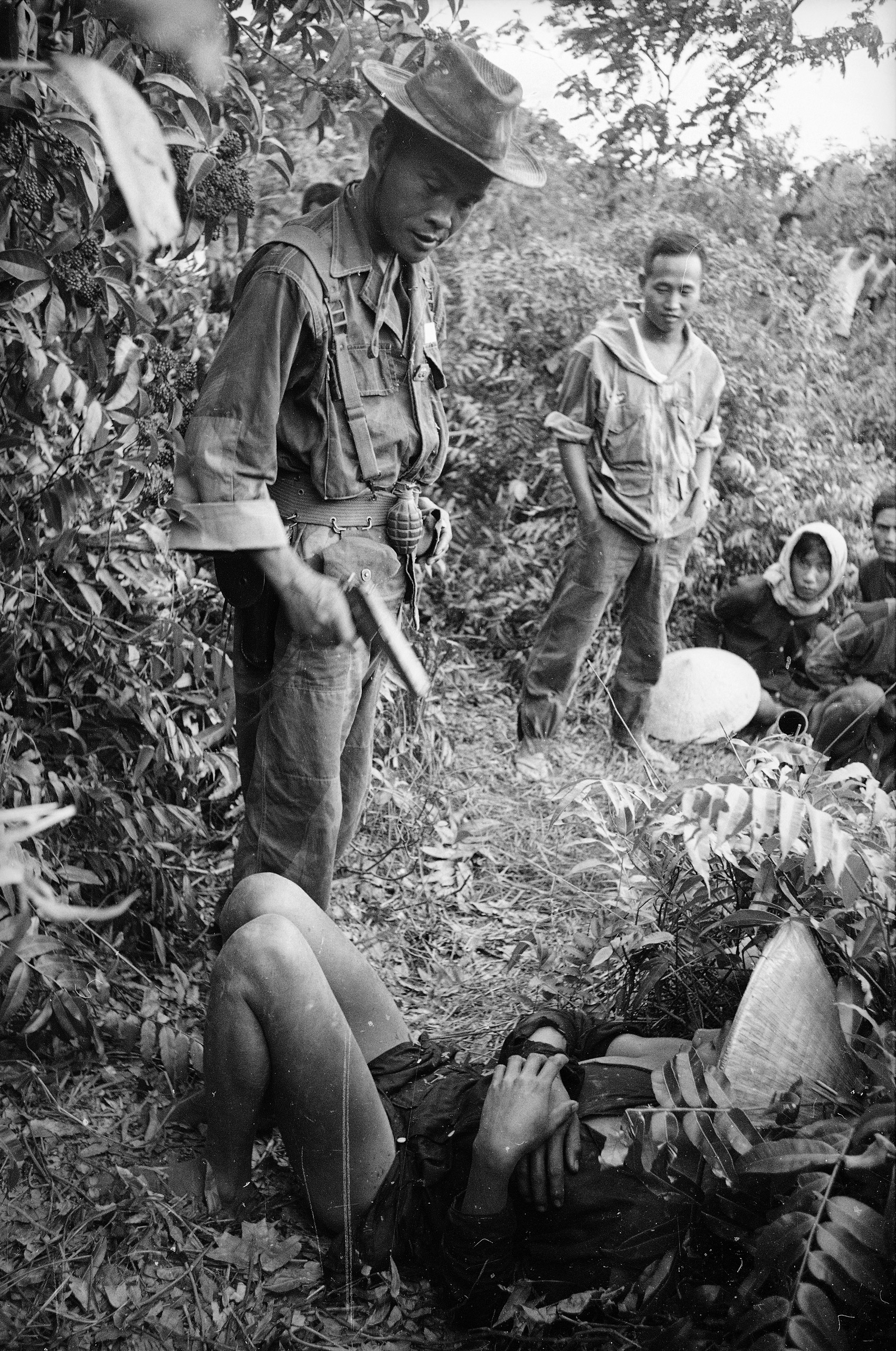
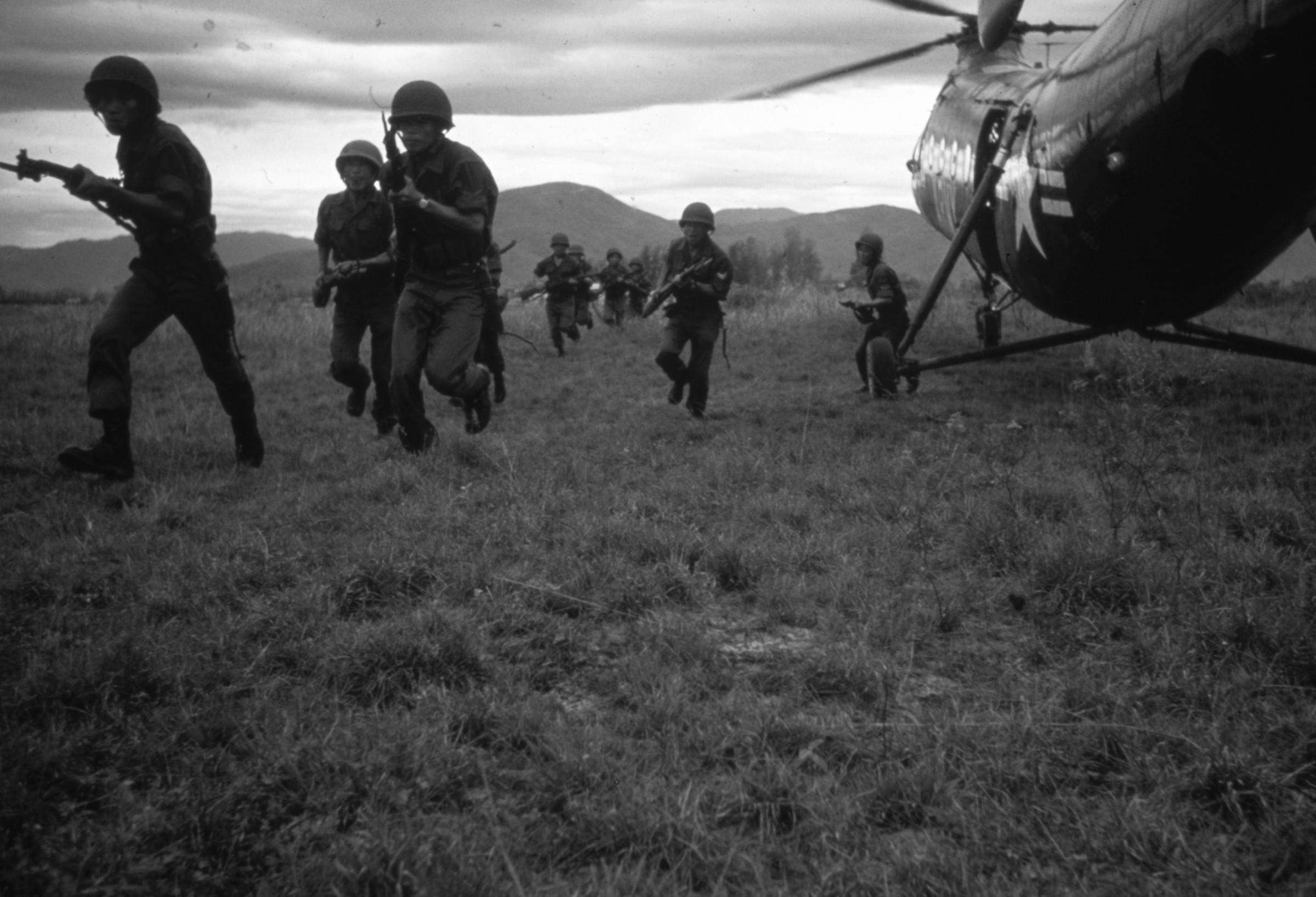
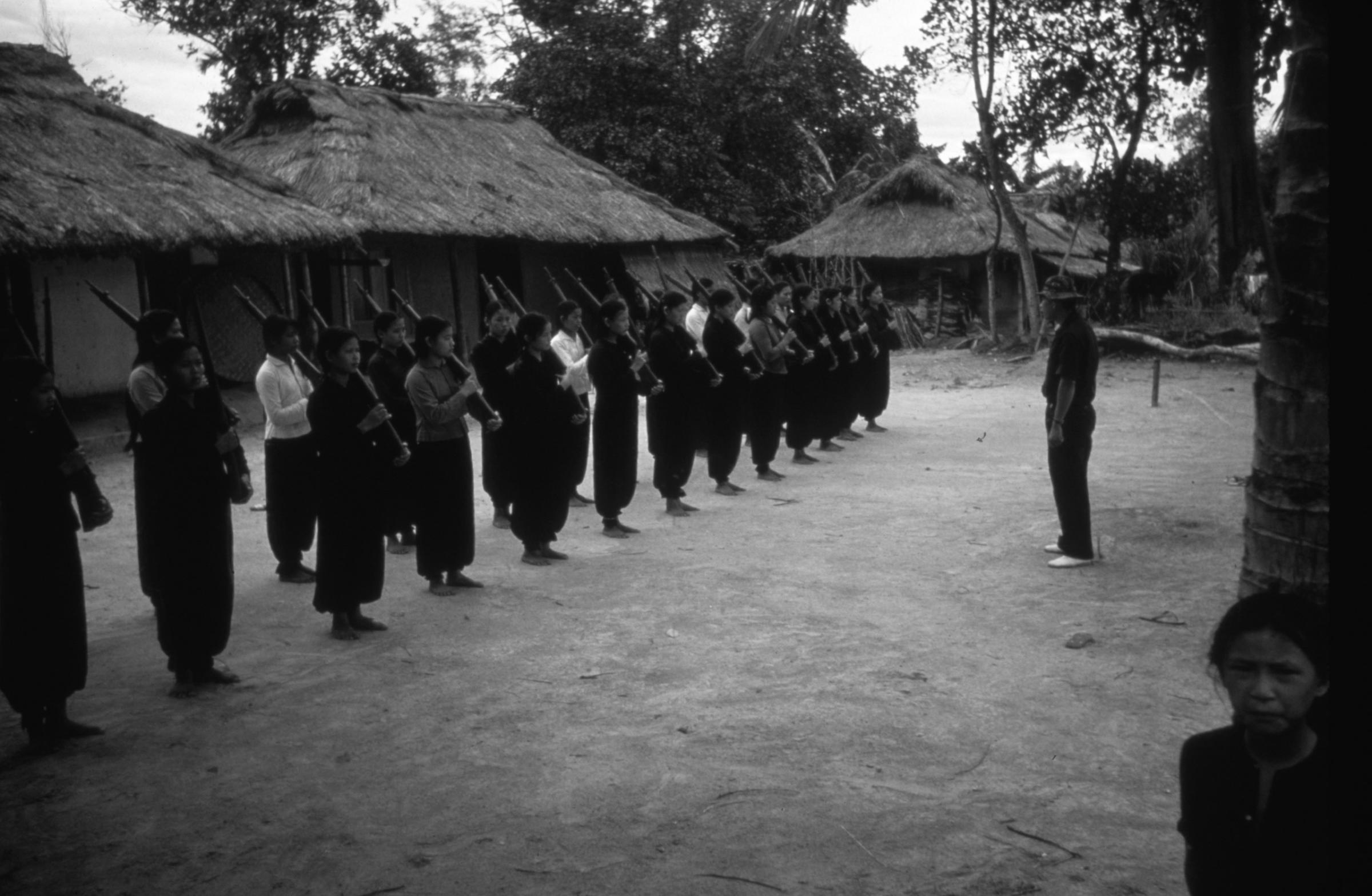
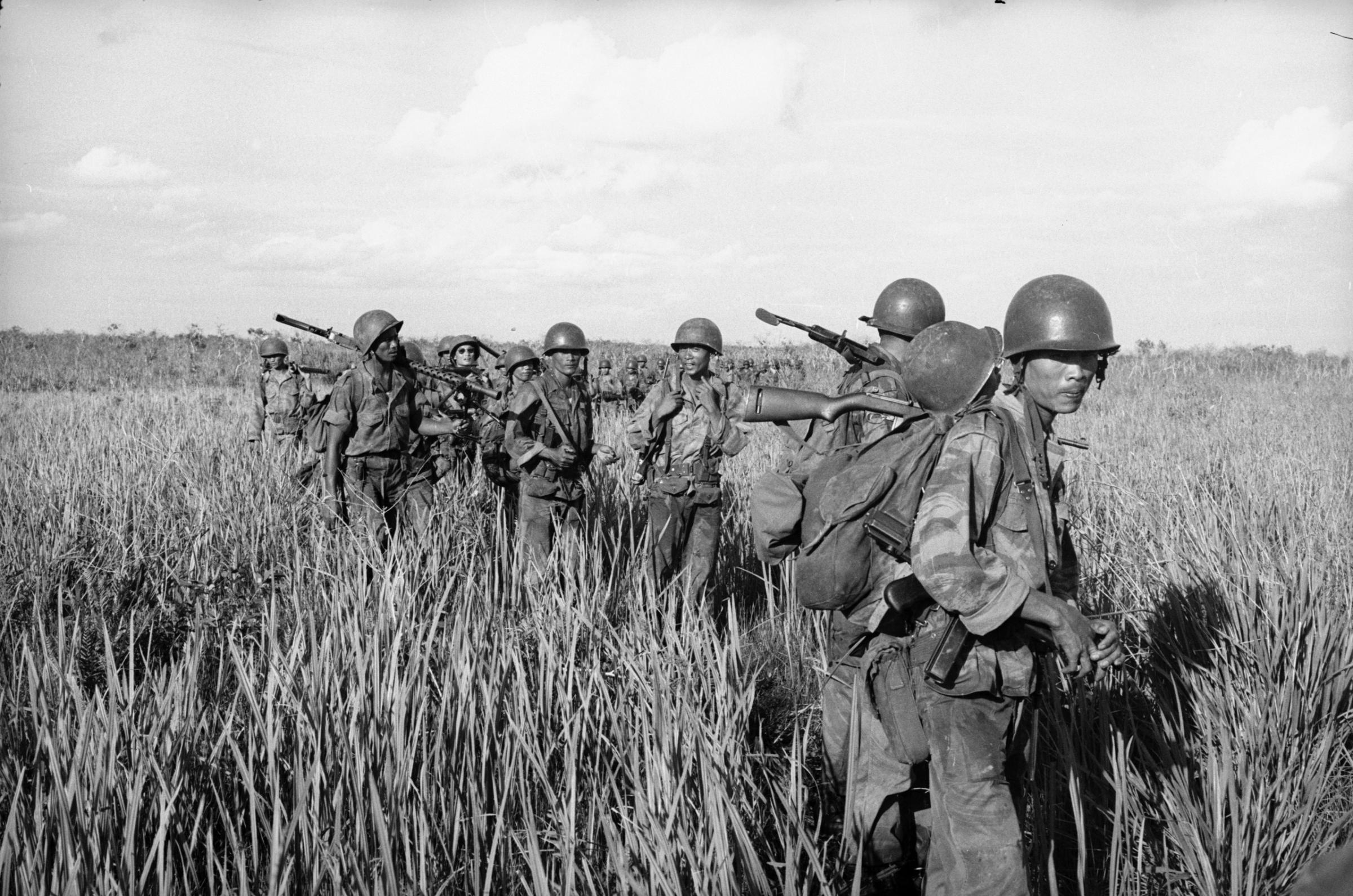
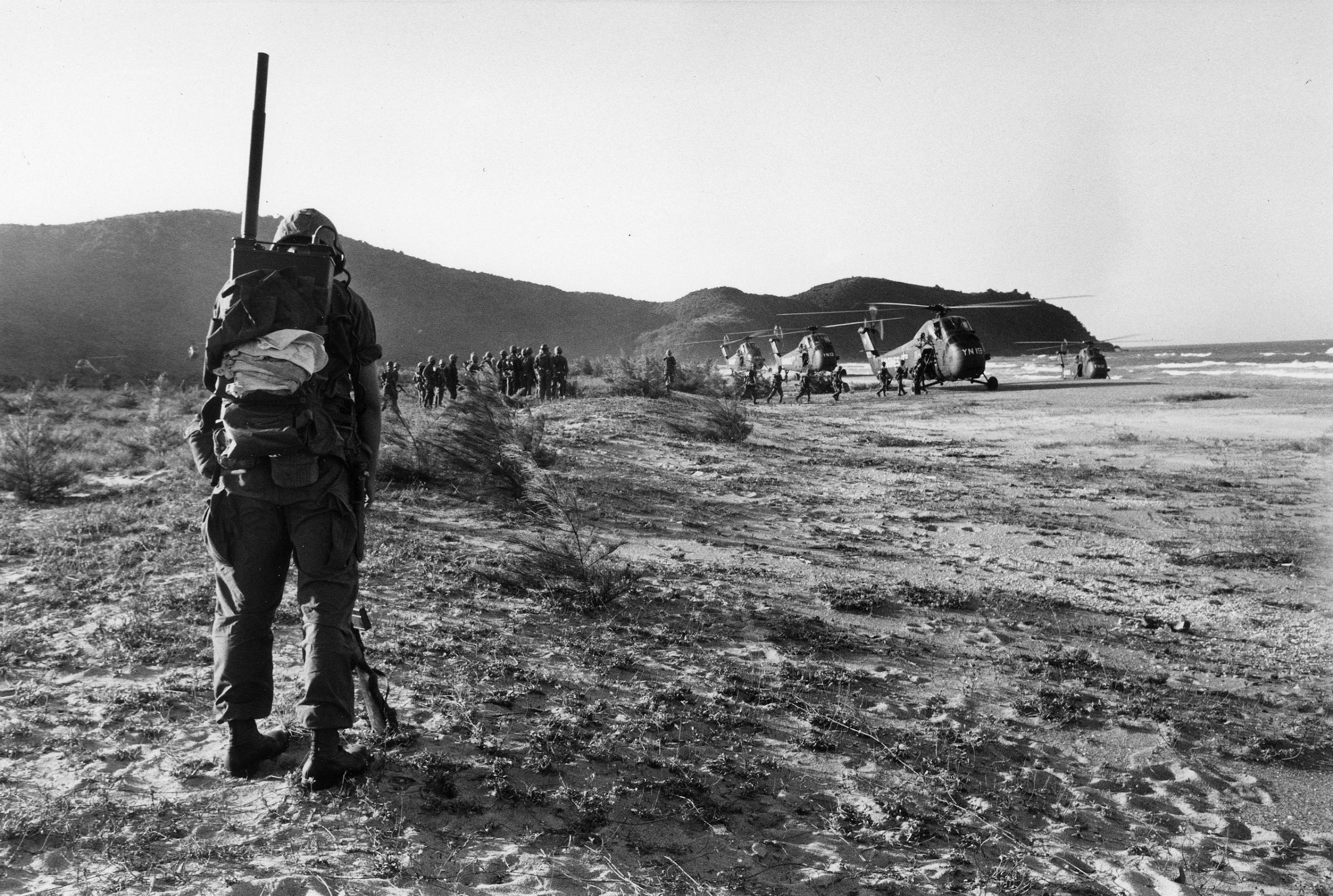
However, women are widely overshadowed by the iconized narratives of their male colleagues and feature less prominently in the recounting of photojournalism’s history.
The stories we tell about male and female photojournalists differ greatly. For both, we highlight failed relationships as necessary sacrifices but childlessness or single parenting, failures in fulfilling woman’s ultimate role of motherhood, are often emphasized in narratives about female photographers.
In 2015, war correspondent Janine Di Giovanni described Eve Arnold, for many years one of Magnum’s only female photographer, as a rare role model in journalism. When asked about gender imbalance in photojournalism and the barriers that prevent more women from entering the profession, Di Giovanni touched on the expectation that female photographers must make personal sacrifices.“There’s plenty of fine women out there that are doing it, but I think when they realize how tough it is, how you’ve got to give up a huge chunk of your life and that includes possibly a partner, a secure life having children, having a family life and the loneliness of being on the road endlessly. You know, they think it is very sexy and exciting but when it comes down to it, it ain’t.”
Physical risk-taking has always been inherently celebrated and bravery and courage are seen as virtues in photojournalism. In War Photographer, James Nachtwey speaks about witnessing historical events in his early career. “There was danger involved in it. It was also, you know, there was a sense of adventure and facing danger and feeling people’s authentic emotions. In a way it was a lot like theatre but instead of being in the audience, I was on the stage and the script was being written minute by minute as it went along.”
Sontag could be writing about Nachtwey in Regarding the Pain of Others when she says, “Witnessing requires the creation of star witnesses, renowned for their bravery and zeal in procuring important, disturbing photographs.” But she is referring to Robert Capa, still the most famous war photographer, whose legend is one of personal courage as much as photographic craftsmanship. The Overseas Press Club of America has been awarding the coveted Robert Capa Gold medal for “best published photographic reporting from abroad requiring exceptional courage and enterprise” annually since 1955 [seven women received it in the last 61 years]. What purpose does celebrating courage in photographers really serve, I wonder.
For women, risk-taking is more likely to be perceived as foolhardy or irresponsible; punishment for rejecting traditional gender roles that puts them back in their place as homemakers and caregivers in a patriarchal society. Mothers are criticized more harshly than fathers for being absent from home, forcing some women to hide their pregnancies from their editors for fear that it will preclude them from being considered for work. When her first child was born, photographer Laura Boushnak chose to be discreet about it, although she talks about it more openly now. “Once you start having kids, people in the business start assuming that you do not have the time anymore, or you will give your kids priority over your work,” she says. “And that’s the thing; I never mention my kids to any editor, to whomever I am working with. Because I feel that the minute I do, I am putting them as an obstacle. We, female photographers, want to be considered in the industry by our work and visual storytelling skills, not by our private choices in life.”
There’s also a disparity between the questions put to male and female photojournalists who are parents.“I always get the questions, ‘Has your work changed since you’ve had a son?’ and ‘Do you feel bad going to war zones?’ Are you an irresponsible mother is basically the subtext,” Addario said in a recent interview. “No one ever asks a father if he feels bad for having to go off and leave his son or daughter. Of course, I point that out and tell them it is a completely sexist question. I will say, ‘Yes, my work has changed. And I don’t do as much frontline work as I used to, but that is not only a product of me being a mother it’s also a product of me having lost friends and having been kidnapped twice.’ I am a product of many different experiences, not just being a mother. There is a huge amount of sexism that people bring when talking about being a war photographer or war correspondent.”
Of course, the discriminations and expectations placed on gender roles in the photojournalism industry are a mirror of those that persist in society. What is extraordinary about Addario’s memoir is that it challenges many of the prevalent archetypes and disrupts fundamental elements of the mythologised war photographer. Addario is happy, healthy, married to a man who put his career on hold to parent their child. She has a stable home life. There is no tragic ending to be found here and the closing chapter sees Addario returning to work in Iraq after the birth of her son.
Contemplating the perception of women war photographers in her book Warworks, Val Williams writes starkly; “For many women working in the battle zone, the very fact of their having been there, solitary female figures among a mass of men, is titillating. In their war correspondents’ uniforms, their vulnerability and femaleness is emphasized. They are the ultimate other.”
We saw it in a Daily Mail article published last year. It was titled Incredible Pictures Taken by Growing Army of Female War Reporters and later changed to Women Push Boundaries and Bend Rules More Than Men: Extraordinary Pictures by Female Photographers on the World’s Deadliest Frontlines. The piece places a sharp focus on the risk-taking of these women, with opening lines that read: “Sprinting for her life as the Taliban sprayed bullets at her in open ground, Alison Baskerville had to rely on the covering fire of British soldiers to ensure she didn’t die in Afghanistan.” Of the 26 images used to illustrate that article 12 were of the women photographers themselves; a mixture of headshots of the artist bio-page variety and environmental portraits in startlingly exotic locations. One is of a broadly smiling young woman holding a camera, flanked by 14 masked and heavily armed men in uniform. No context was given.
Read: Women in Photography: 34 Voices From Around the World
Almost four decades earlier, in 1968, a British women’s magazine Nova printed an article about women reporters working in Vietnam called Where the Hell Do You Think You Are Lady, Fifth Avenue?, Williams describes the illustrated feature in Warworks noting that none of photographer Catherine Leroy’s images were included in the edit; “The women themselves were the products. Pictured as rebels, desirable but discreet, they become elusive objects of desire, both to the young women reading Nova at the time and to a patriarchal media industry.” The same is true of last year’s Daily Mail article.
It seems that femininity is not desirable in the male-dominated photojournalism industry and can be seen as evidence of weakness or ineptitude.
When I began freelancing in my early 20s, I cut my long blonde hair into a short crop, which I dyed black. I also avoided make-up and high-heels. I only wore trousers, chain-smoked, swore a lot and acted as masculine as I could muster. With less conviction to compensate for my gender now, I sometimes receive uninvited comments from media professionals, both male and female, on the femininity of my appearance. They can be subtle and at first glance harmless, “You don’t look anything like I expected you to from seeing your work.” And more denigrating, “Do you wear high-heals like that when you’re on the frontline?”
What women wear and how they look are subject to scrutiny when men don’t have to face those questions. Beauty too, even casually and unconsciously, may signify to some a woman’s inability to do the job. Talking about gender disparity in photojournalism at the Frontline Club, Di Giovanni also said, “When the Arab Spring happened there was suddenly a ton of young women photographers but what was very disheartening for me was that they were all babes who kind of saw beautiful Lara Logan on the TV and thought wow, I wanna be that. And they didn’t know the hard work that goes into it, so they briefly covered Libya and then they disappeared.” It is less common to hear the attractiveness of young male journalists being referenced in this way.
What we celebrate in photography matters. What we celebrate in the lives of photographers also matters because this creates roles models for the next generation to emulate. Mads Nissen, the winner of the 2014 World Press Photo of the Year, believes we need to challenge the archetype of the macho war photographer for the sake of both genders. “I have been looking for roles models myself as a documentary photographer, because I don’t want to be a bad photographer, but I don’t want to be a bad husband and I don’t want to be a bad father,” he says. “I often find myself thinking; I don’t fit in here. This is not the person I am. If this is what’s needed from a photographer, I am not the person for the job. I am sure a lot of women will think, ‘If this is what it takes then I’m not needed,’ but I feel the same way.”
Re-framing the stories that we tell about the icons of war photography can transform the road map that young photojournalists inherit. It can also shift the expectations that the industry places on all of us.
Anastasia Taylor-Lind is a documentary photographer. She is currently working on a book about photographers, war and picturing contemporary conflict on the Logan Nonfiction Fellowship at the Carey Institute for Global Good in New York.
More Must-Reads From TIME
- The 100 Most Influential People of 2024
- Coco Gauff Is Playing for Herself Now
- Scenes From Pro-Palestinian Encampments Across U.S. Universities
- 6 Compliments That Land Every Time
- If You're Dating Right Now , You're Brave: Column
- The AI That Could Heal a Divided Internet
- Fallout Is a Brilliant Model for the Future of Video Game Adaptations
- Want Weekly Recs on What to Watch, Read, and More? Sign Up for Worth Your Time
Contact us at letters@time.com